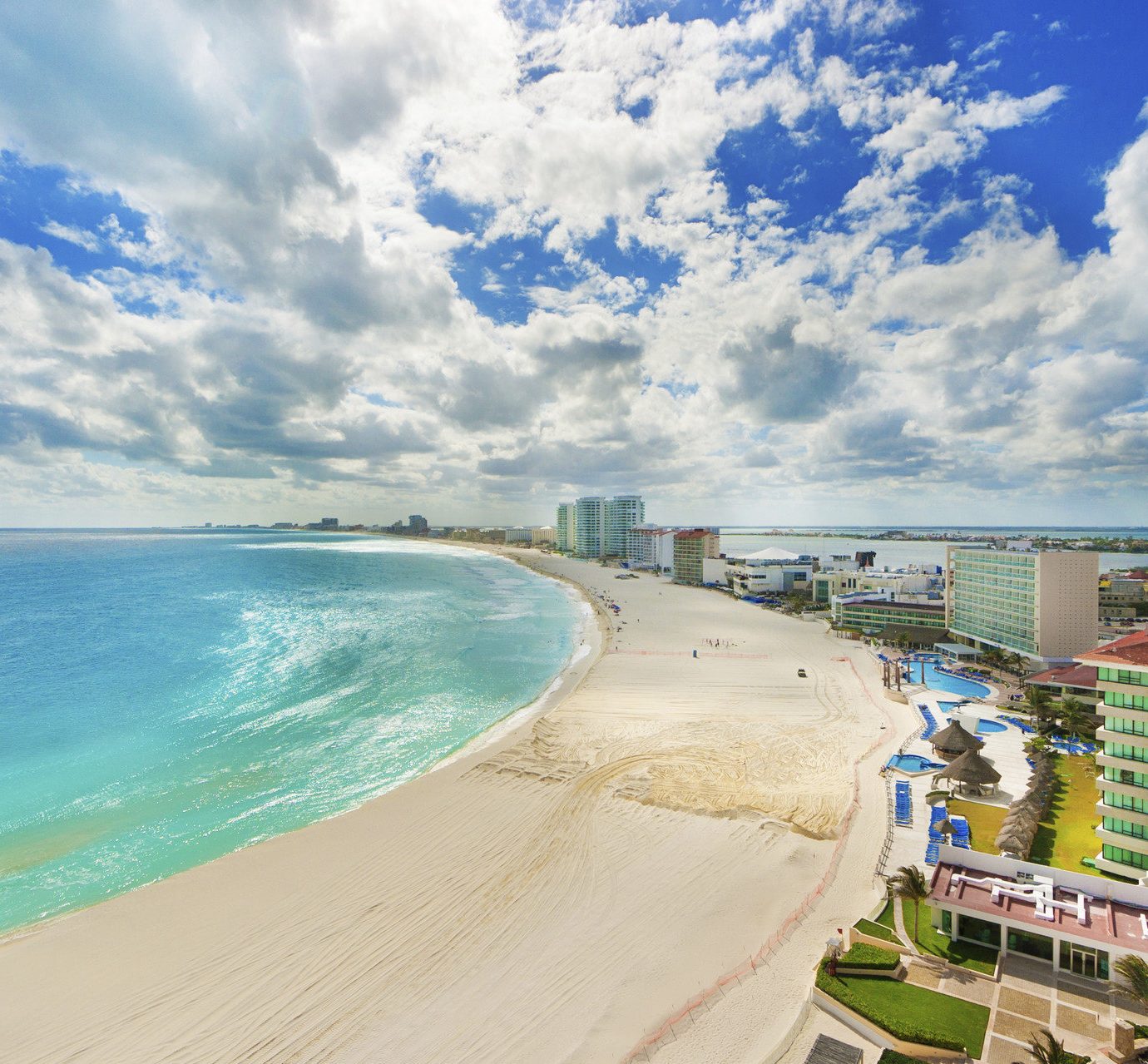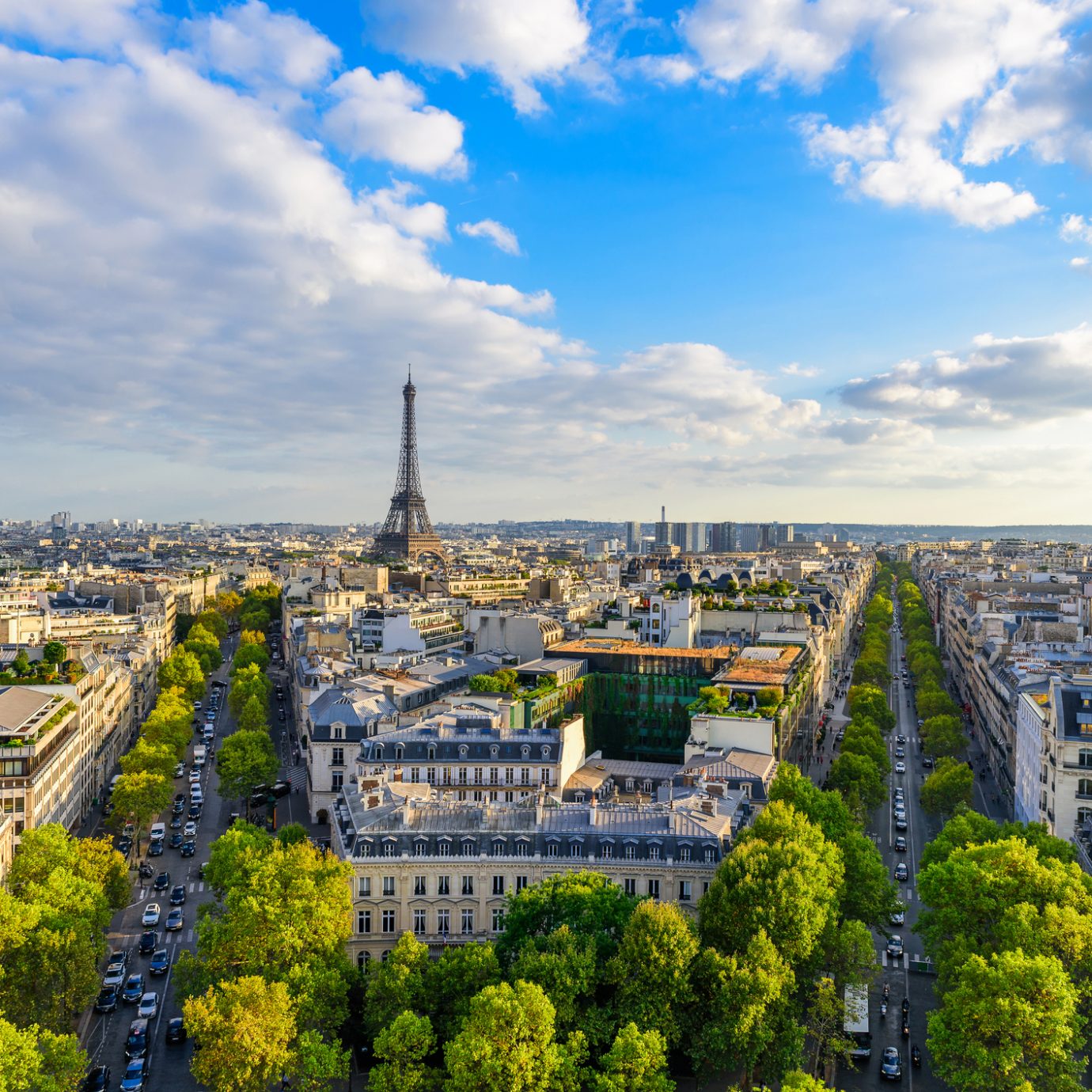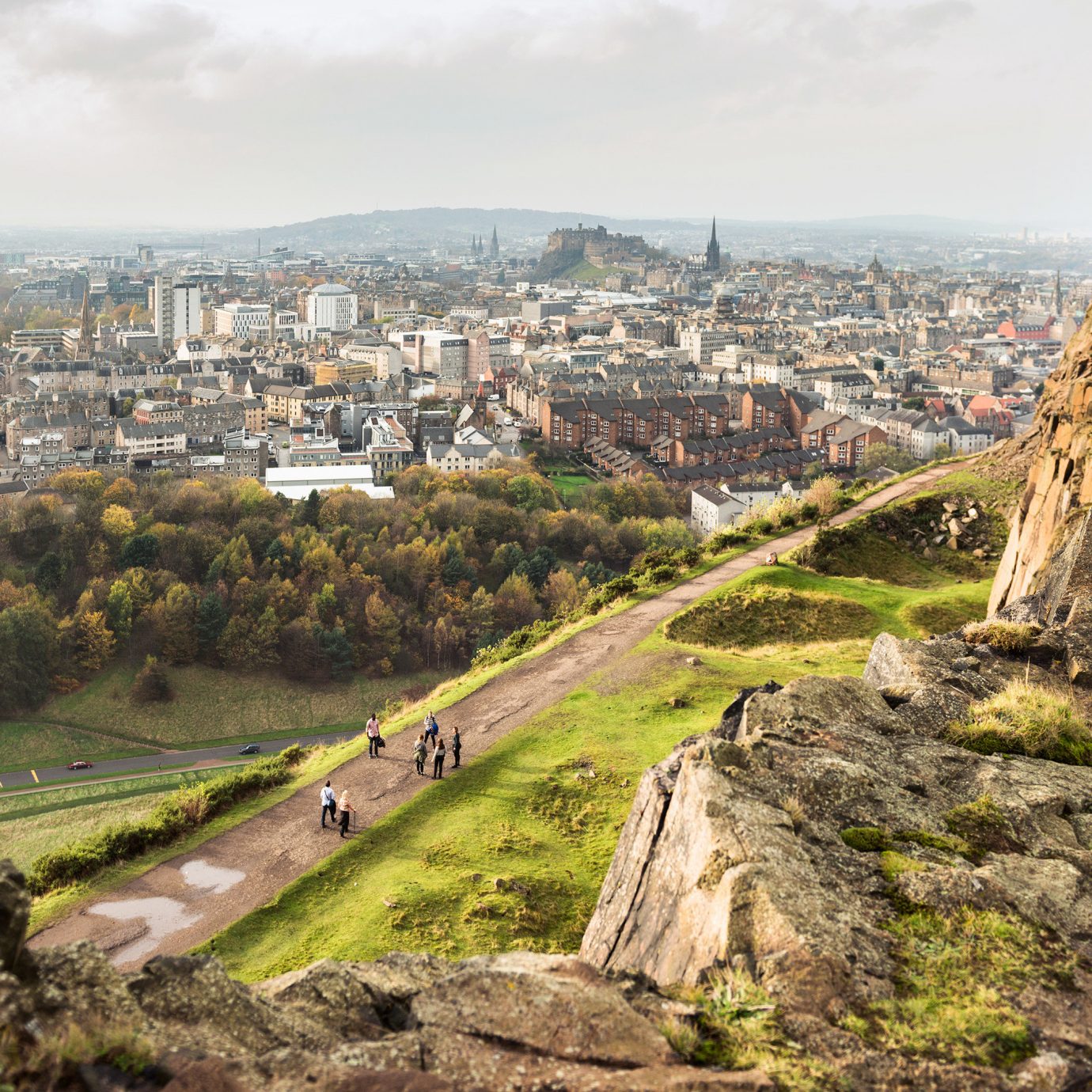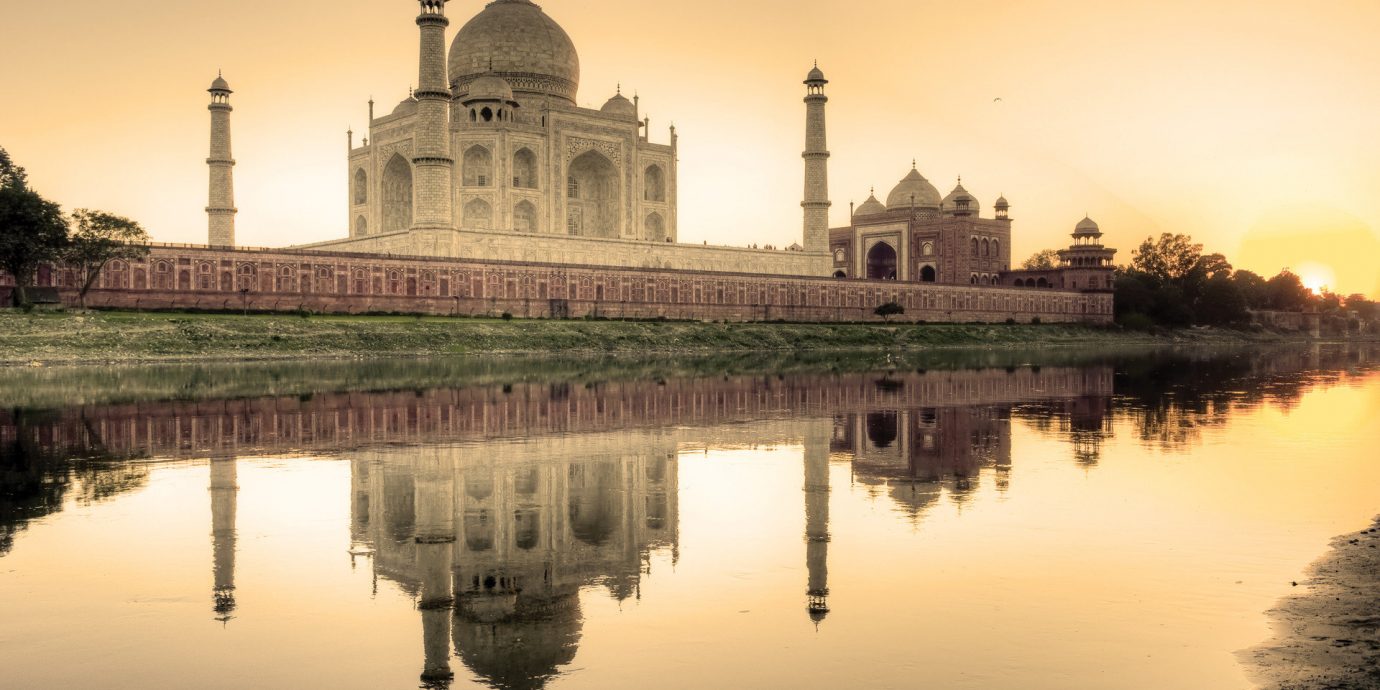
8 Things First-Time Travelers Should Know Before Their Trip to India
Sensory overload is a given for first-timers in India. With a population of 1.3 billion, a diverse landscape that reaches from Himalayan peaks to Indian Ocean coastline, and a rich cultural heritage that's innately linked to spirituality, even the most experienced among us find it daunting at first. But look past the chaos (read: gridlock traffic), and you'll find it's as intoxicating as it is overwhelming. Here, we offer 8 of our best pre-trip tips so you'll have a handle on the important stuff by the time you land.
A Brooklyn-based writer and editor, Chelsea's work has appeared in Matador Network, The Huffington Post, the TripAdvisor blog, and more. When not planning her next trip, you'll usually find her drinking way too much iced coffee (always iced—she’s from New England) or bingeing a Netflix original series.
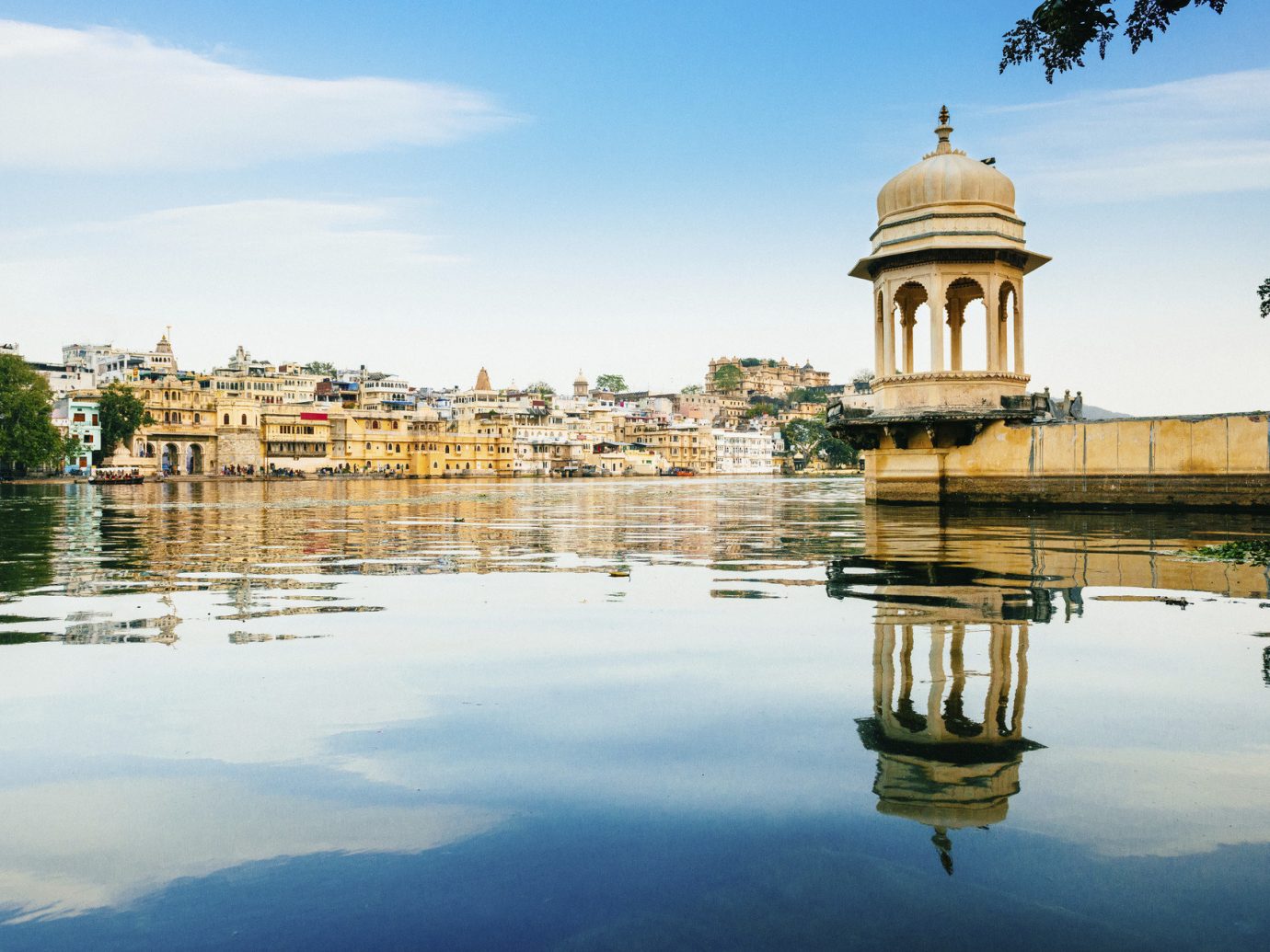
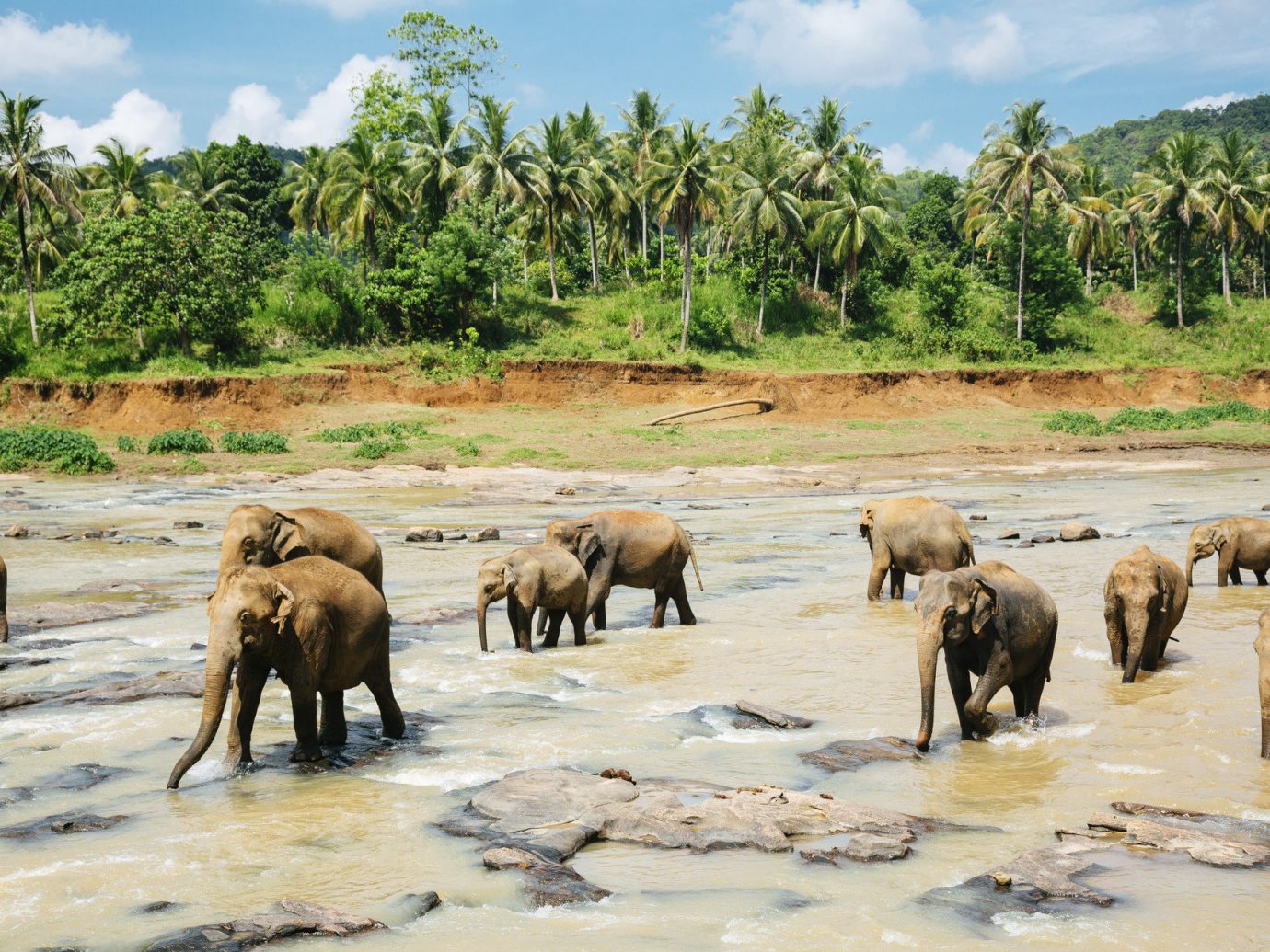
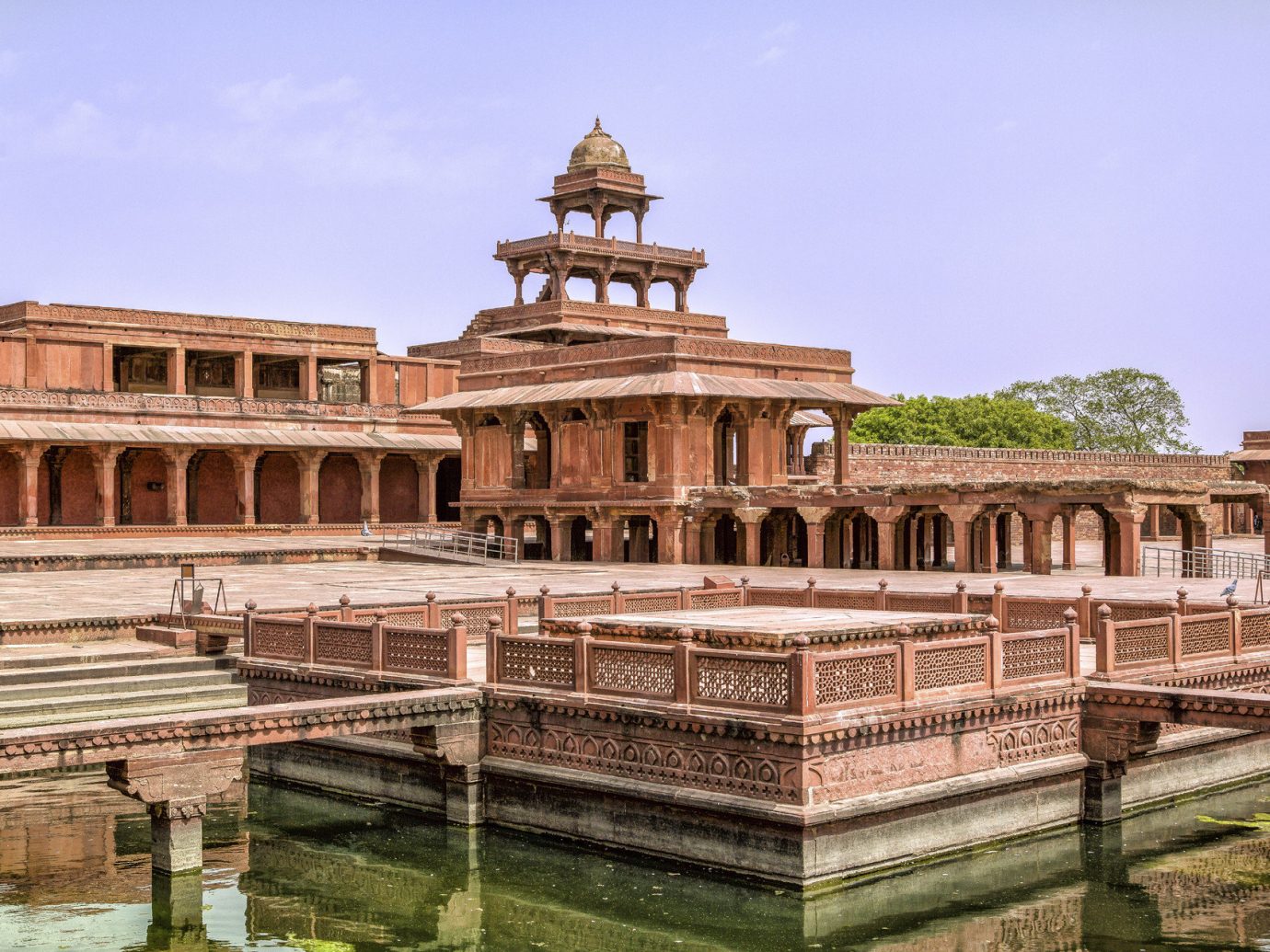
Get your visa ahead of time
U.S. citizens visiting India are required to have a passport (valid six months beyond the date of your trip) and an Indian visa prior to their arrival. If you’re staying less than 60 days, you can skip waiting in line at an embassy or consulate and order your e-Visa right online. Just because it’s digital doesn’t mean you can wait till the last second, though; you must apply for an e-Visa at least 4 days in advance of your trip. That said, don’t jump the gun, either—you only have a window of 180 days to use it.
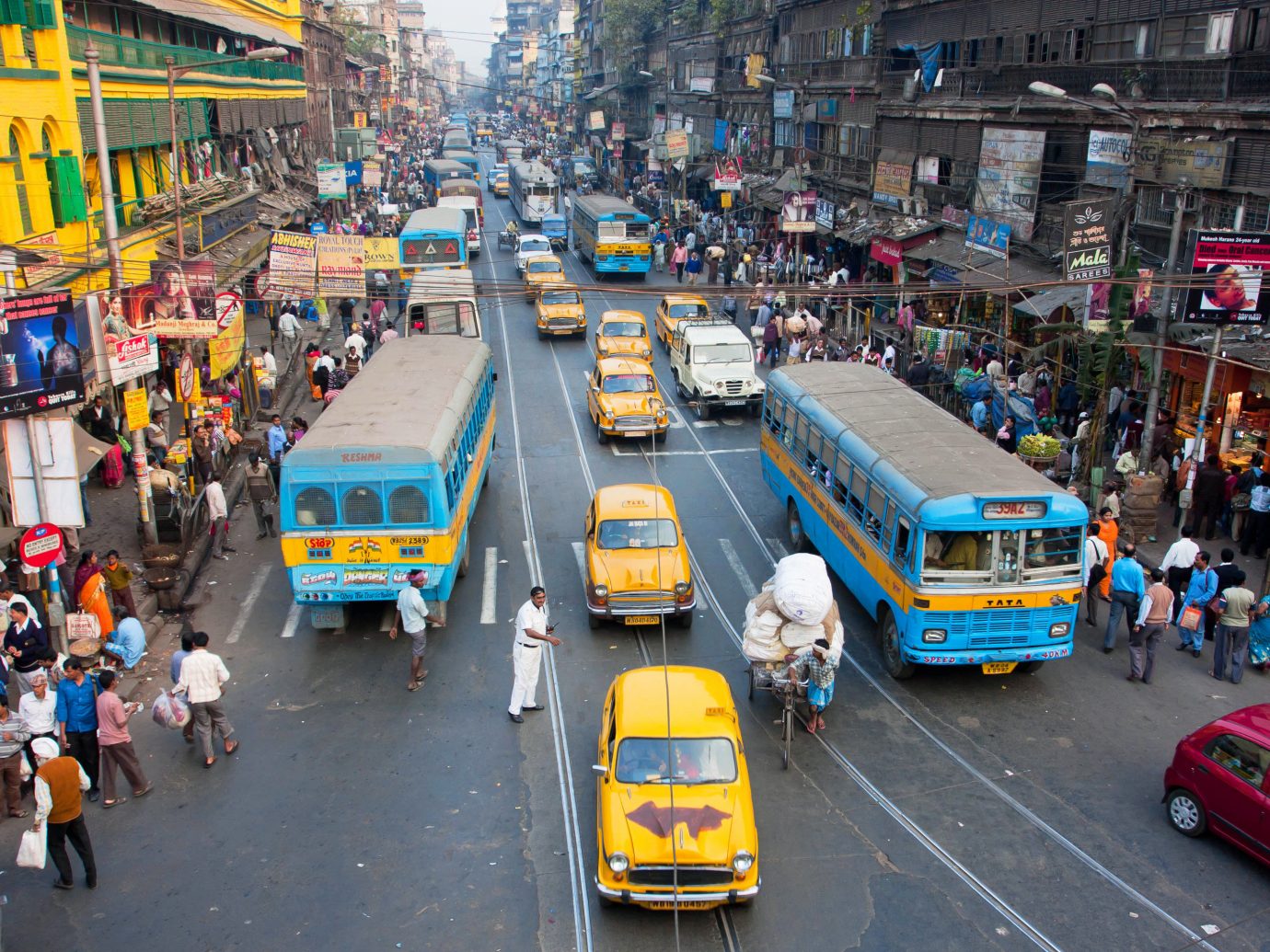
Visit your doctor pre-trip
The CDC recommends you visit your doctor 4-6 weeks before your trip in order to ensure you’re up-to-date on routine vaccinations (think: measles-mumps-rubella, yearly flu shot, etc.). Since hepatitis A and typhoid can be spread via contaminated food and water in India, it’s also suggested that travelers (especially super adventurous eaters) be vaccinated against them. Make sure you share with your doctor what region of India you’ll be traveling to as they may advise vaccines for cholera, hepatitis B, and malaria, as well. Pregnant women and those planning on having children soon should reconsider any immediate trips to India as Zika virus is present.
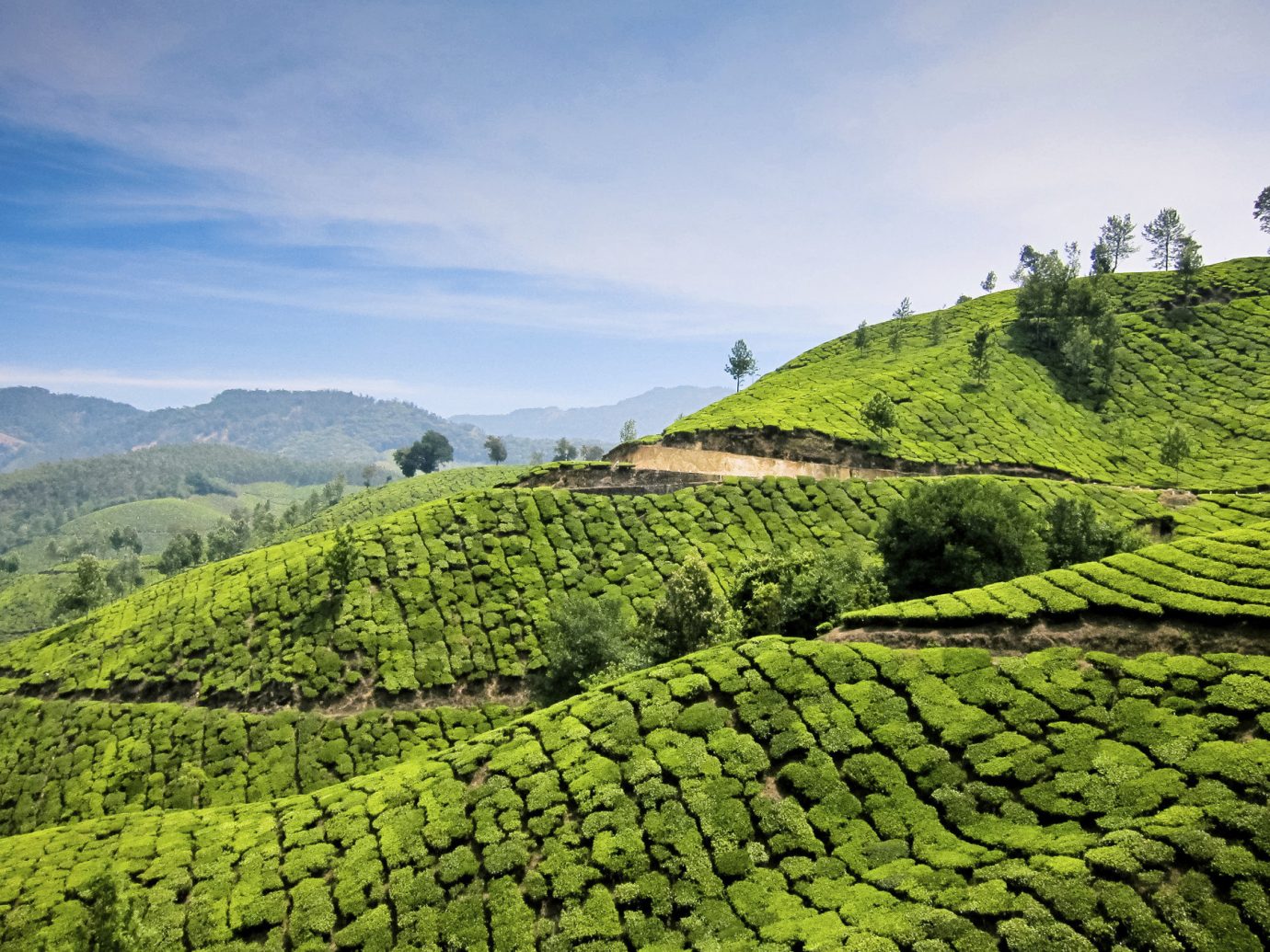
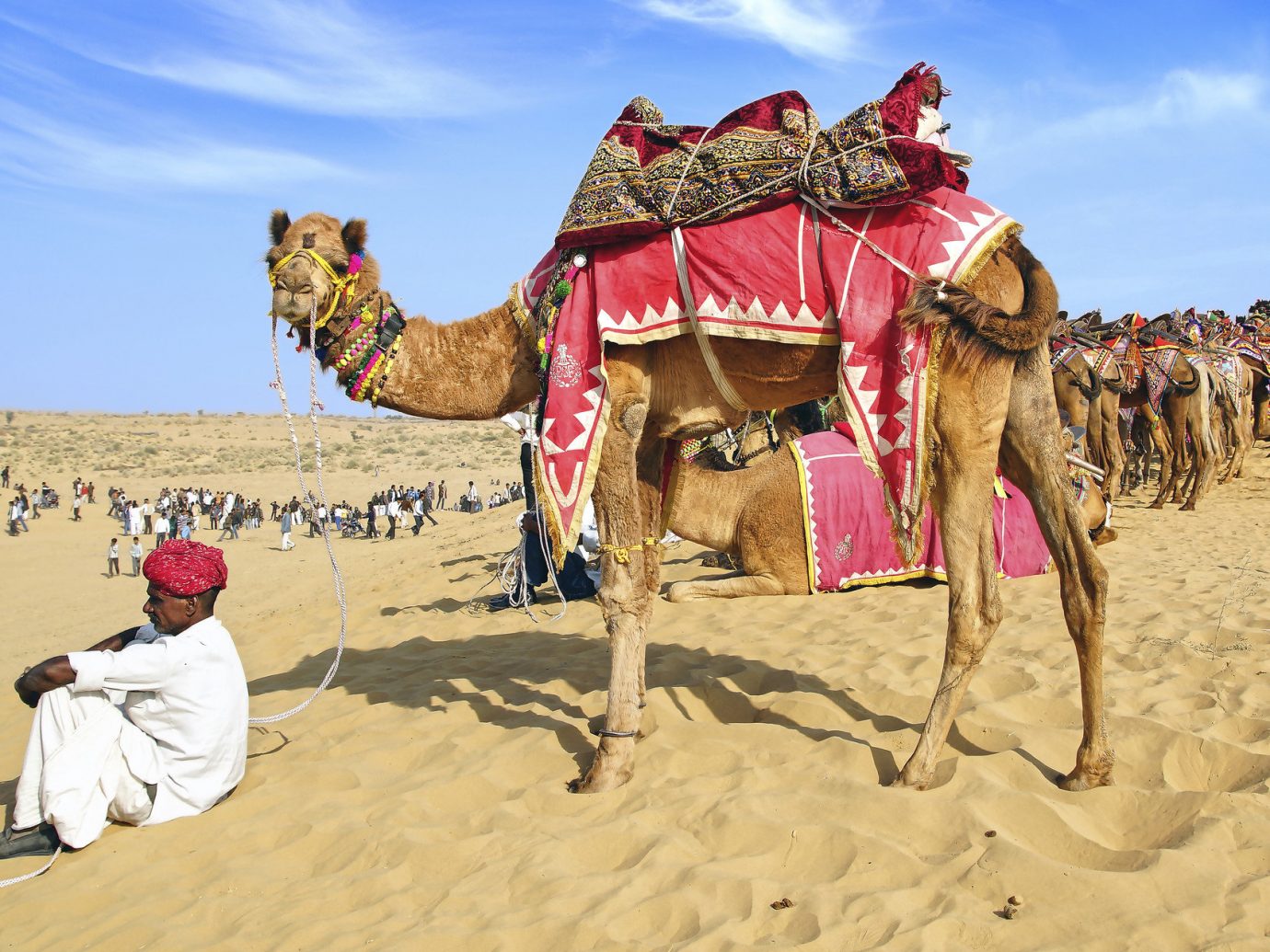
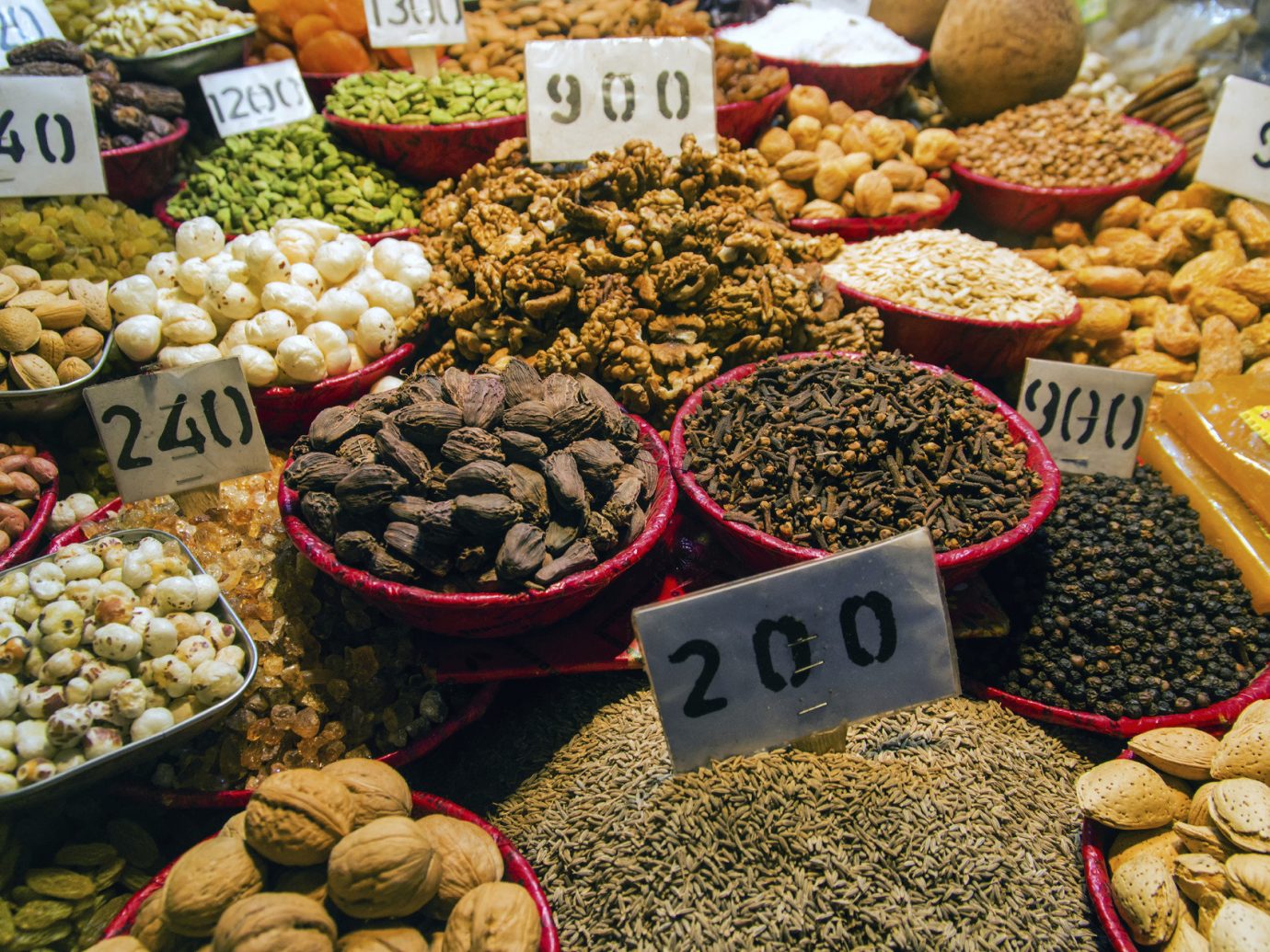
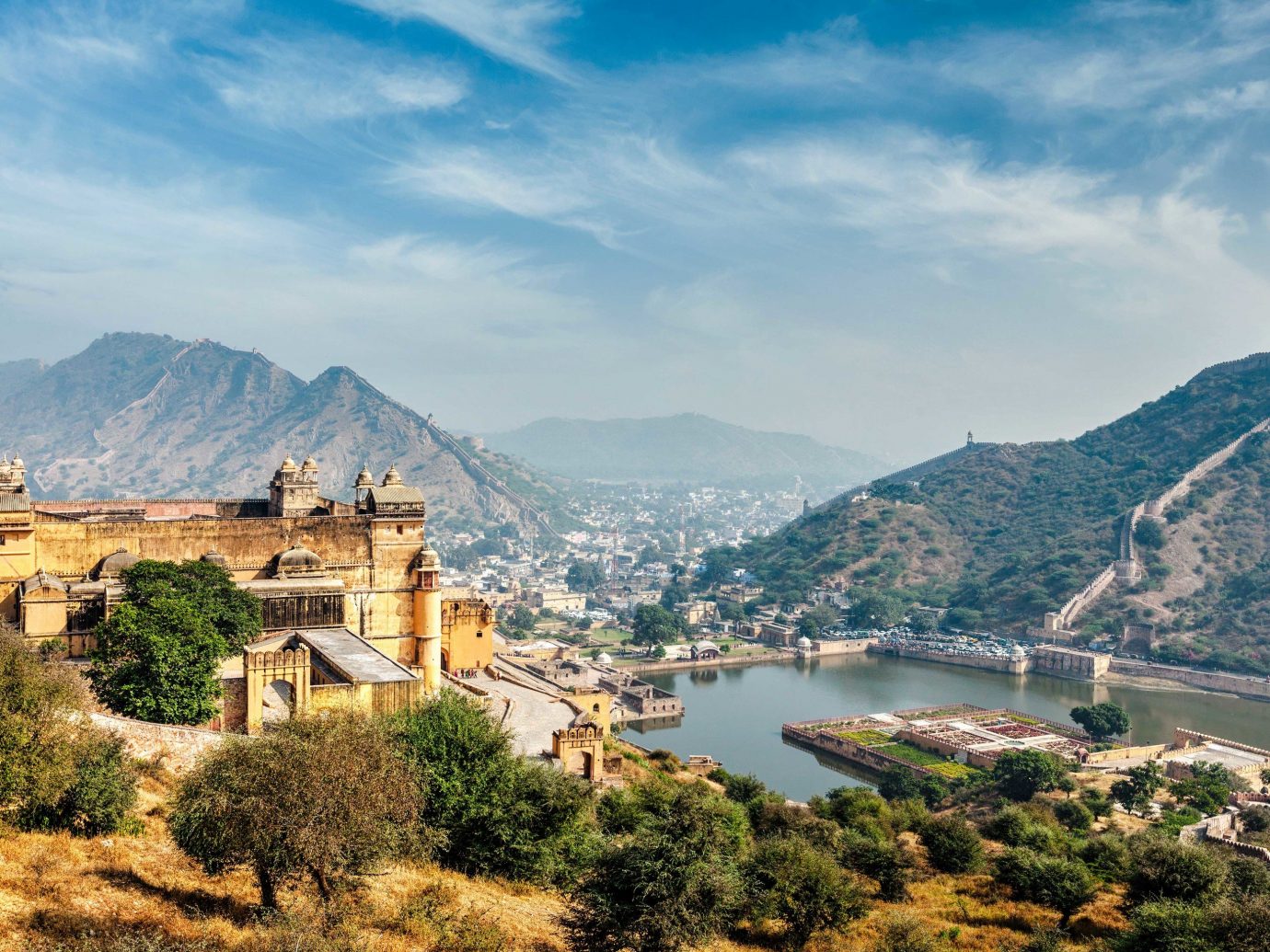
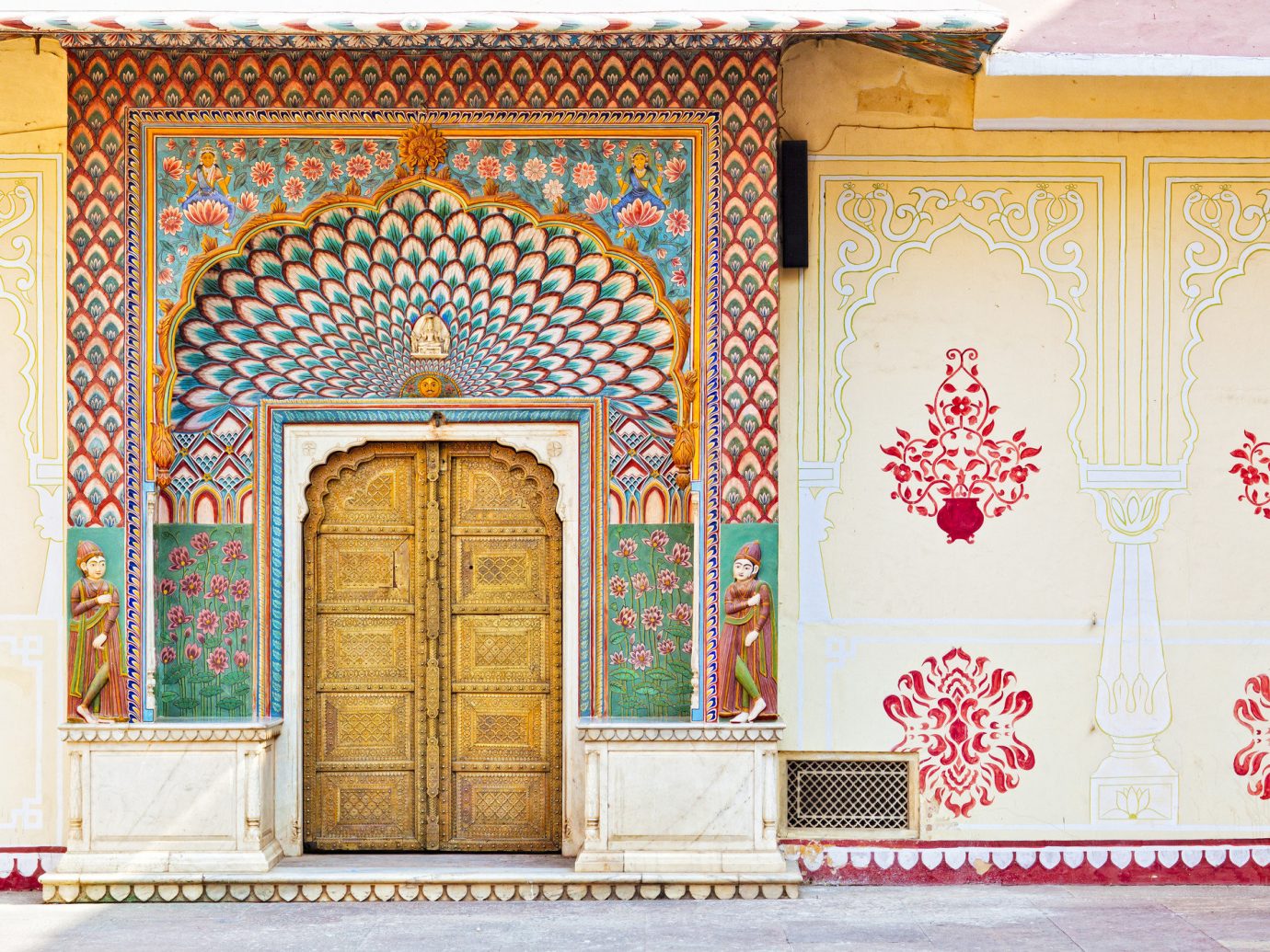
Splurge on a luxury hotel stay
From urban boutique hideaways to palatial mountain digs, India’s hotels are as diverse as its landscape. Whether you’re staying in fast-paced Mumbai, colorful Jodhpur, old-world-meets-new Delhi, or ancient Hyderabad, lavish stays are around every corner. At the top of our list are the Taj Falaknuma Palace, a restored 1890 estate where guests are ushered to the grand entrance via horse and carriage; the Oberoi Udaivillas, a golden stone palace with turrets, domes, and elegant archways overlooking Lake Pichola; and Rambagh Palace, an antiqued-filled hotel that was once the home of the maharaja of Jaipur. After a single exhausting day of sightseeing, we guarantee you’ll thank yourself for going all in on cushy accommodations.
RELATED: Live Like a Maharaja in One of India’s Most Expensive Hotel Suites

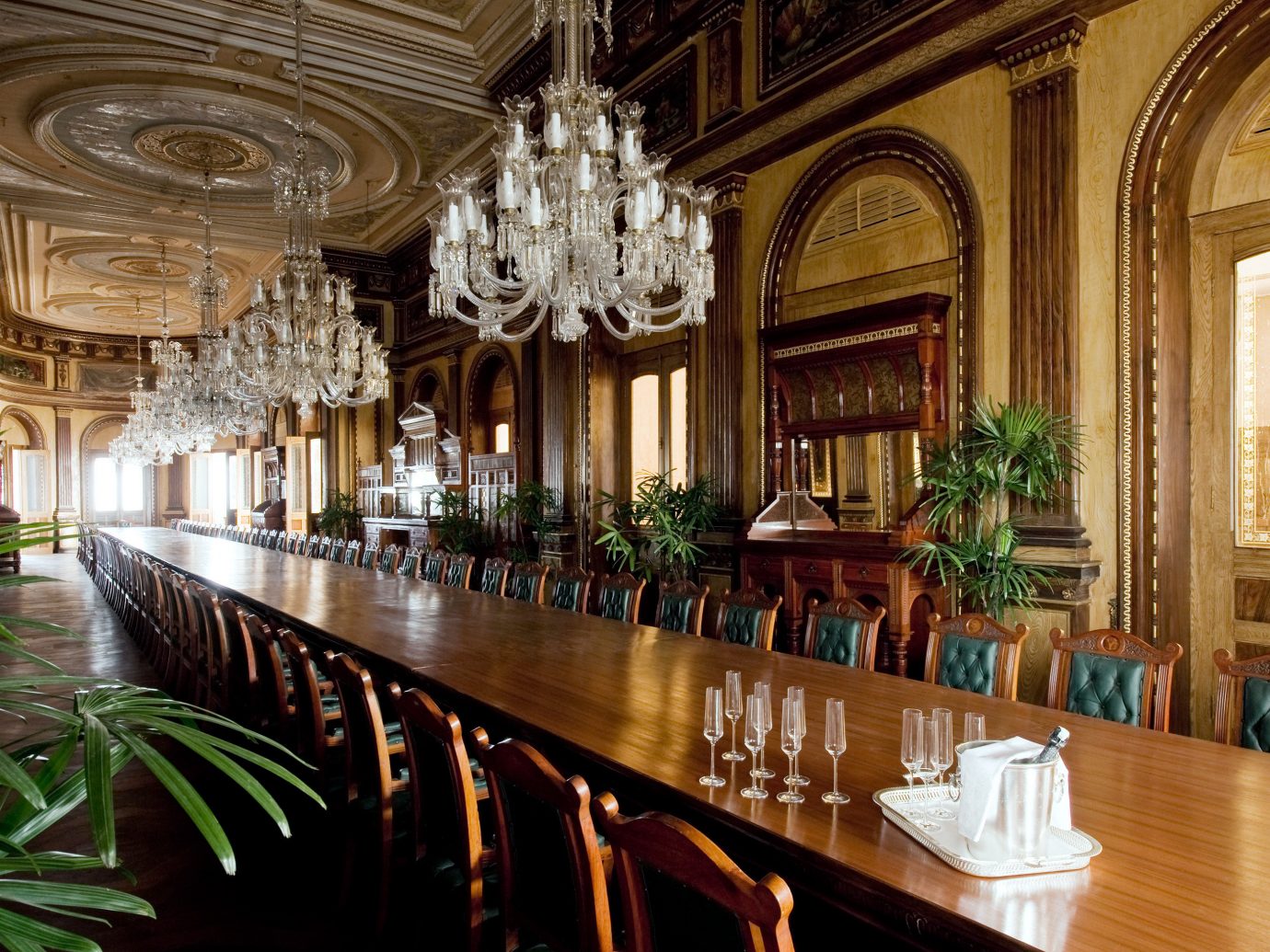
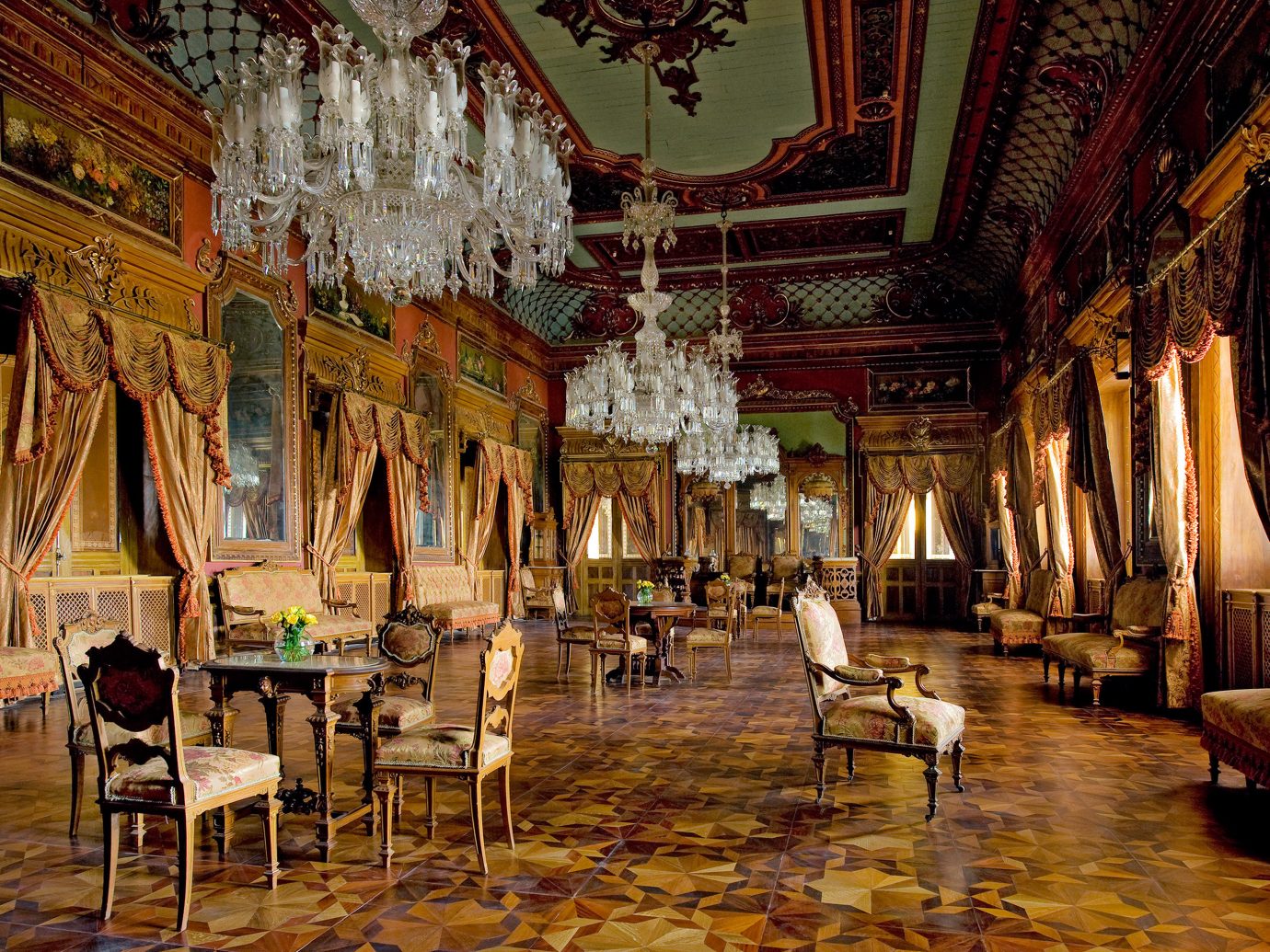
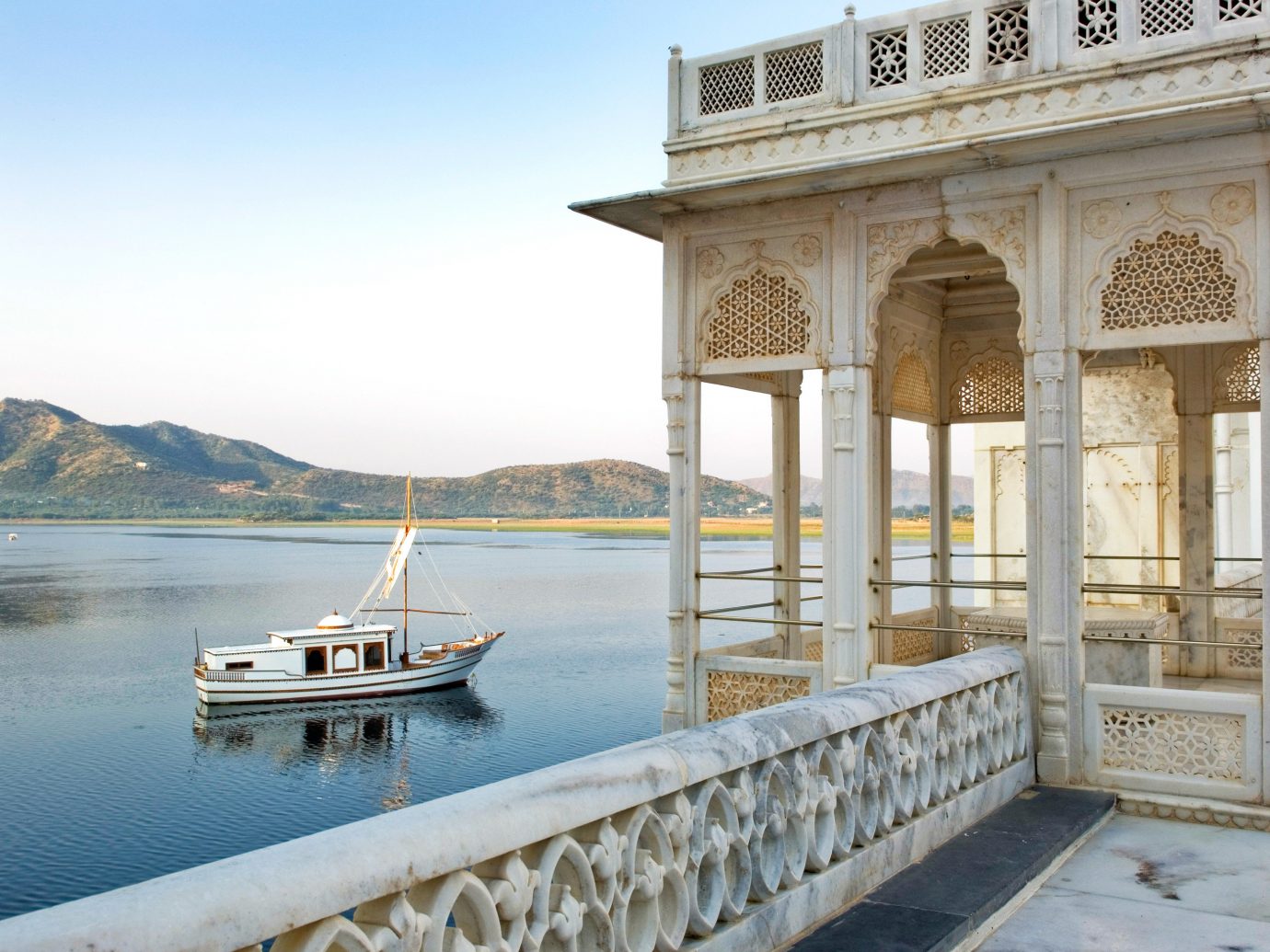


Spare your stomach the street food and opt for sit-down meals
The exotic aroma of India’s street food may entice you, but for the love of your settled stomach, don’t indulge. Just like "Montezuma’s Revenge," "Delhi Belly" is no joke. The CDC offers some general rules of thumb when it comes to food safety in India—primarily: don’t eat unwashed or unpeeled raw fruits and veggies, unpasteurized dairy products, "bushmeat" (aka wild game like monkey or bat), or anything that’s only room temperature. Likewise, you’ll want to avoid tap water and ice cubes in lieu of sealed bottled water and hot coffee and tea. If you absolutely can’t walk past the fried aloo chaat, sweet jalebi, crisp masala dosa, and savory samosas without a taste, at least get a good handle on the vendor’s cleanliness and whether it’s popular with locals. If there’s a considerable line, it’s likely that the food is fresh.
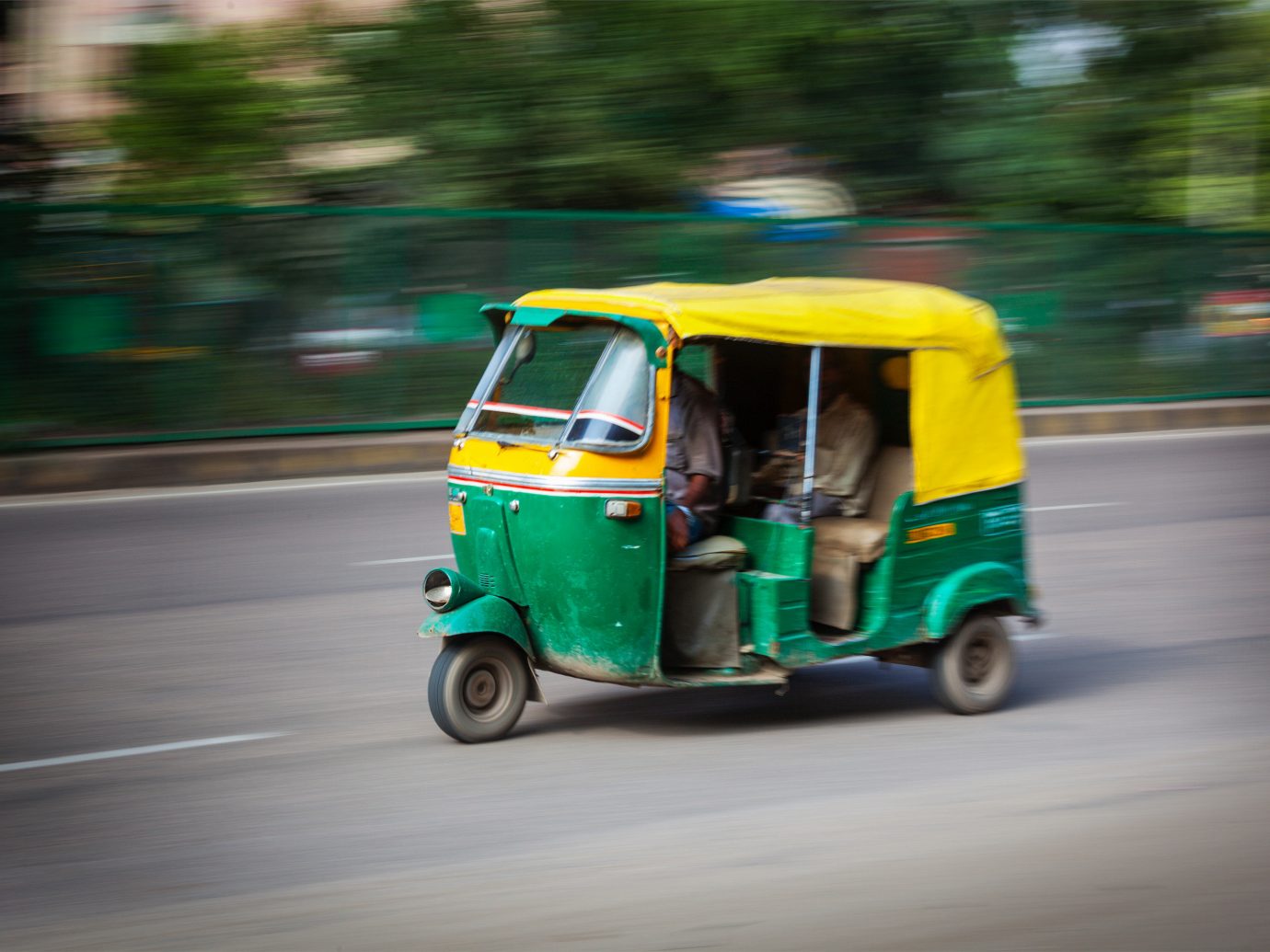
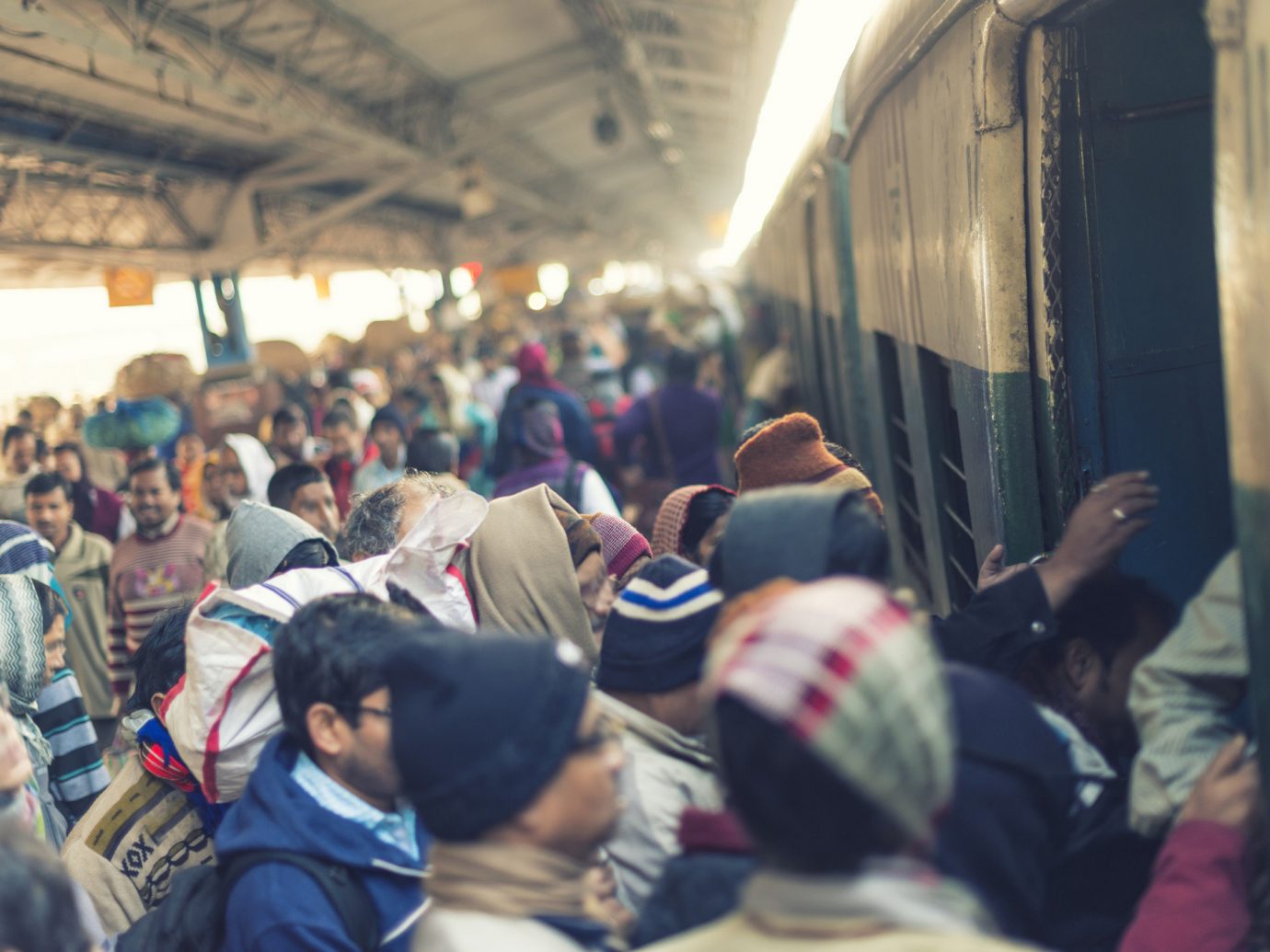
Skip public transportation—hire a car
Chances are you’ve seen a YouTube video or two of the pure chaos that is riding public transportation—namely the train—in India. As the second-largest rail network on the planet—servicing some 23 million people everyday—its infamous for its overcrowding, lackluster sanitation standards, and hop-on passengers. Avoid public trains and buses by hiring a private car and driver. Though that guarantees you’ll always have a ride (and with room to yourself), keep in mind that the country is also known for its mind-boggling traffic. Just keep in mind that 1. Many cities are strangers to streetlights, and 2. India’s infatuation with honking puts NYC cabbies to shame, so it should be expected that no matter your mode of transport, you’ll deal with traffic.
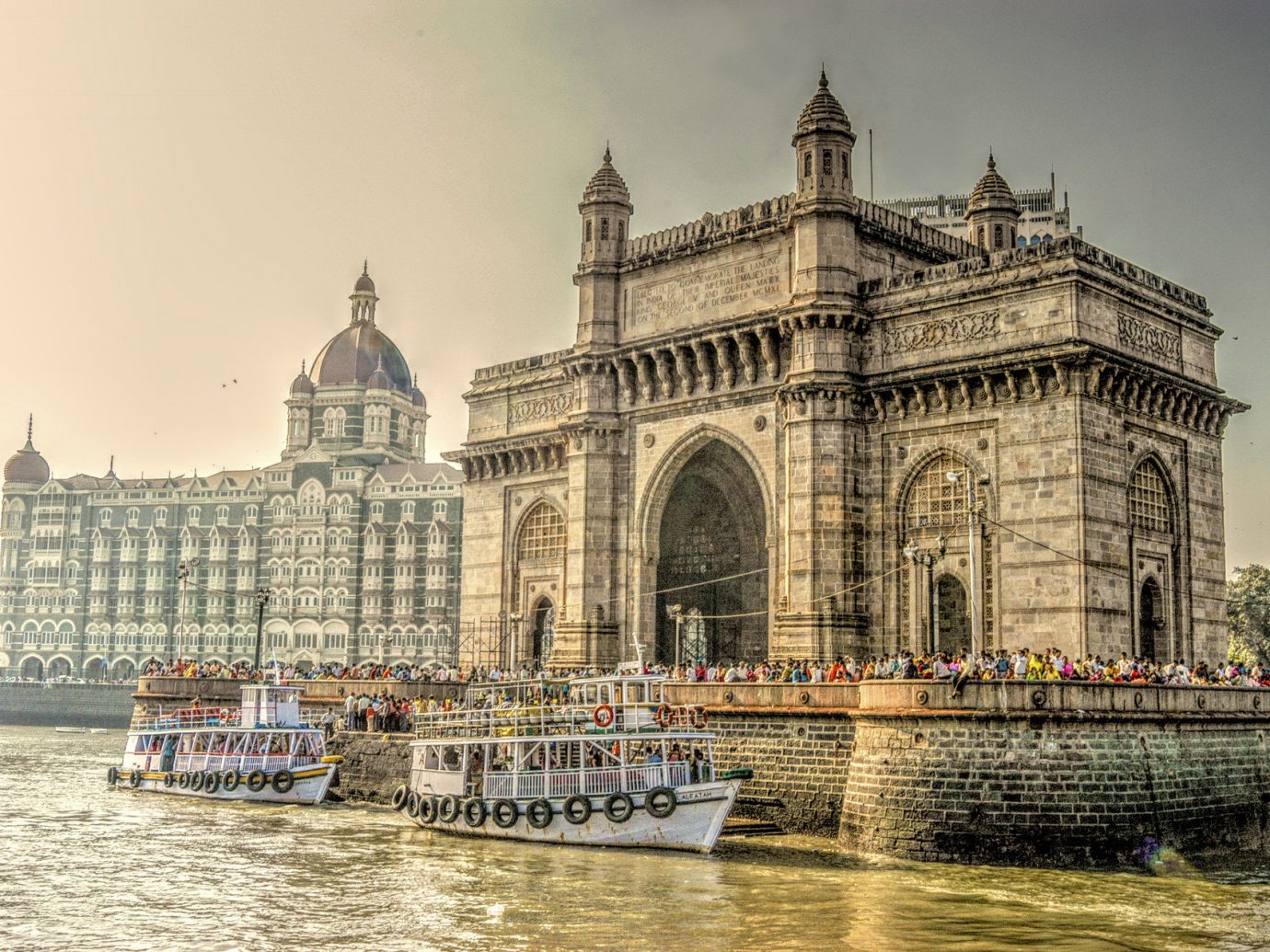
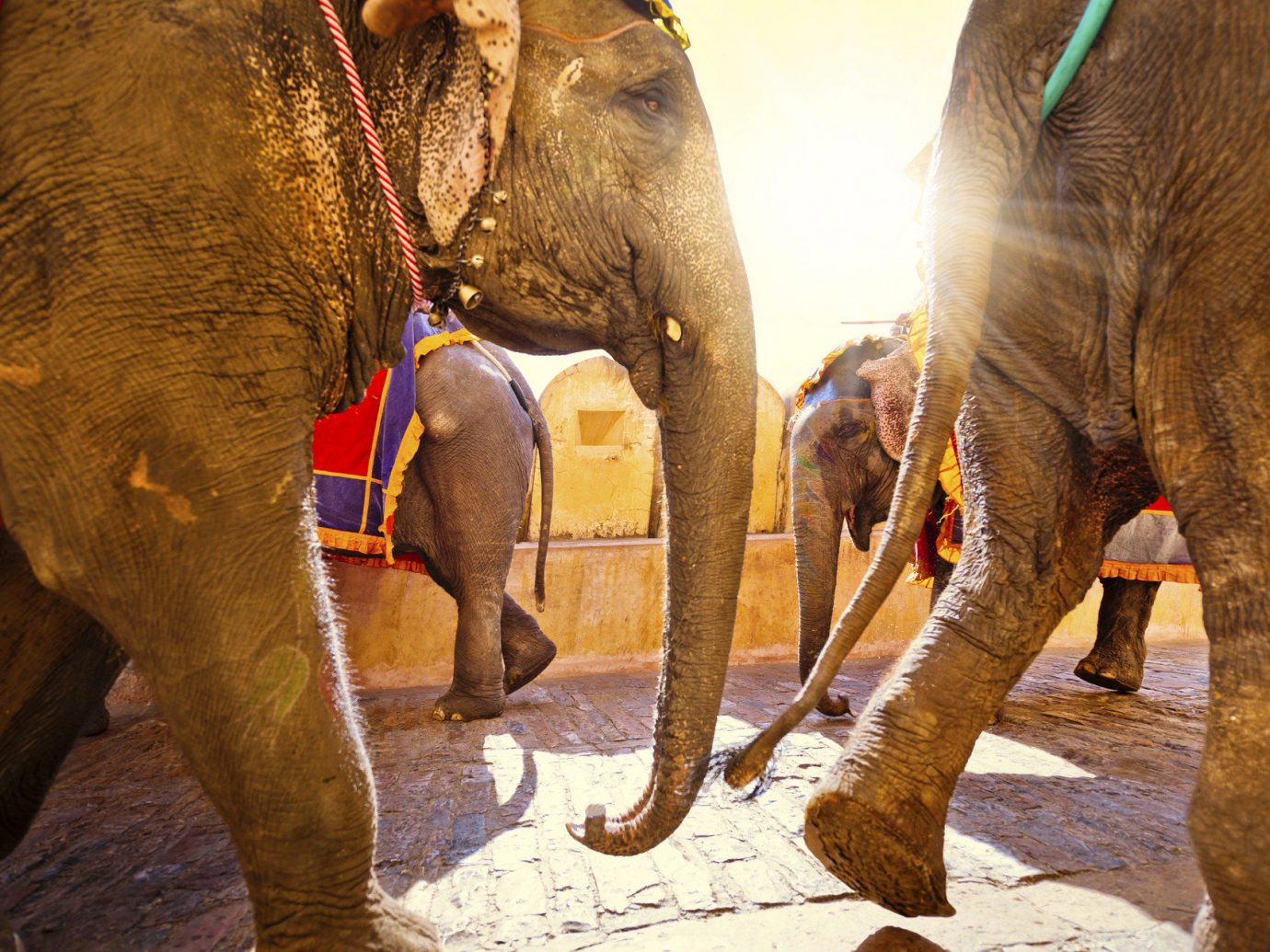
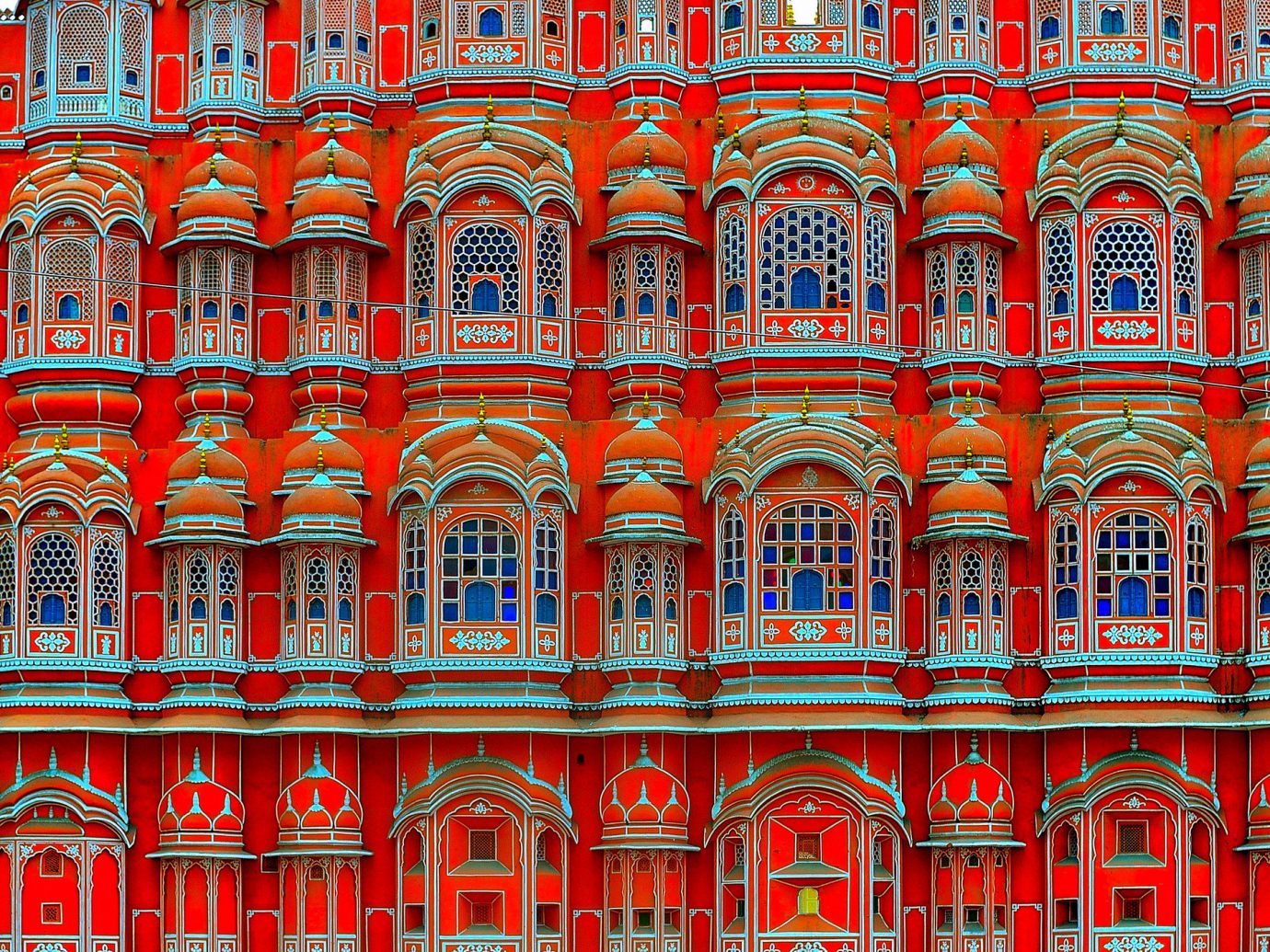
Call ahead to see when attractions are open
The Taj Mahal, Golden Temple, Amber Fort, and Sri Meenakshi Temple top the must-see lists of many a traveler to India, and for good reason. But to avoid the soul-crushing reality of showing up during non-operational hours, you’ll want to act like a local and call ahead to confirm the attraction’s hours. With Hindu, Islamic, Buddhist, Sikh, and Jain communities, religious holidays are plentiful, and out of respect to their customs, attractions may be closed on particular days of the week—especially Mondays.
RELATED: 7 Tourist Traps to Avoid (and What You Should See Instead)
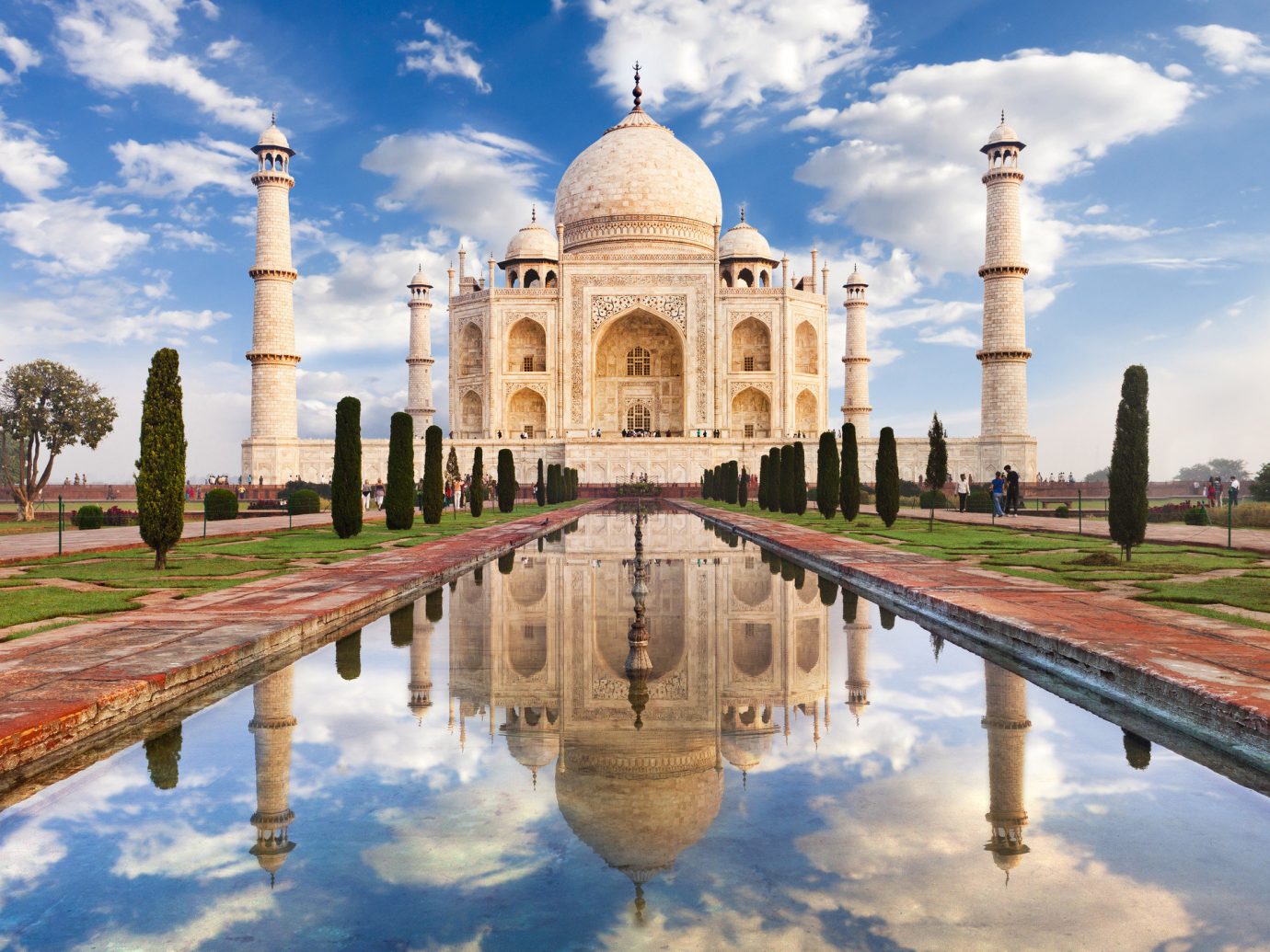
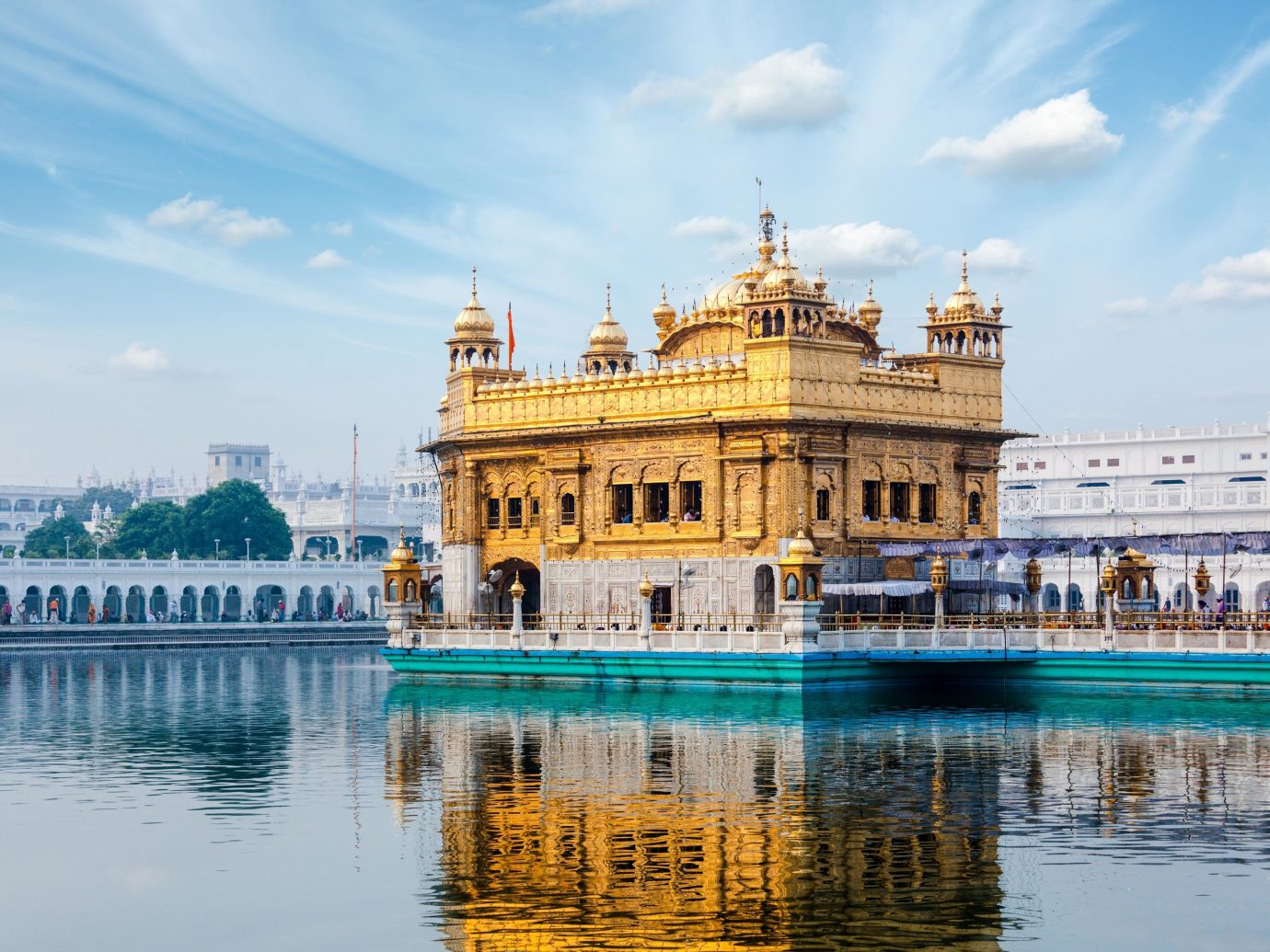
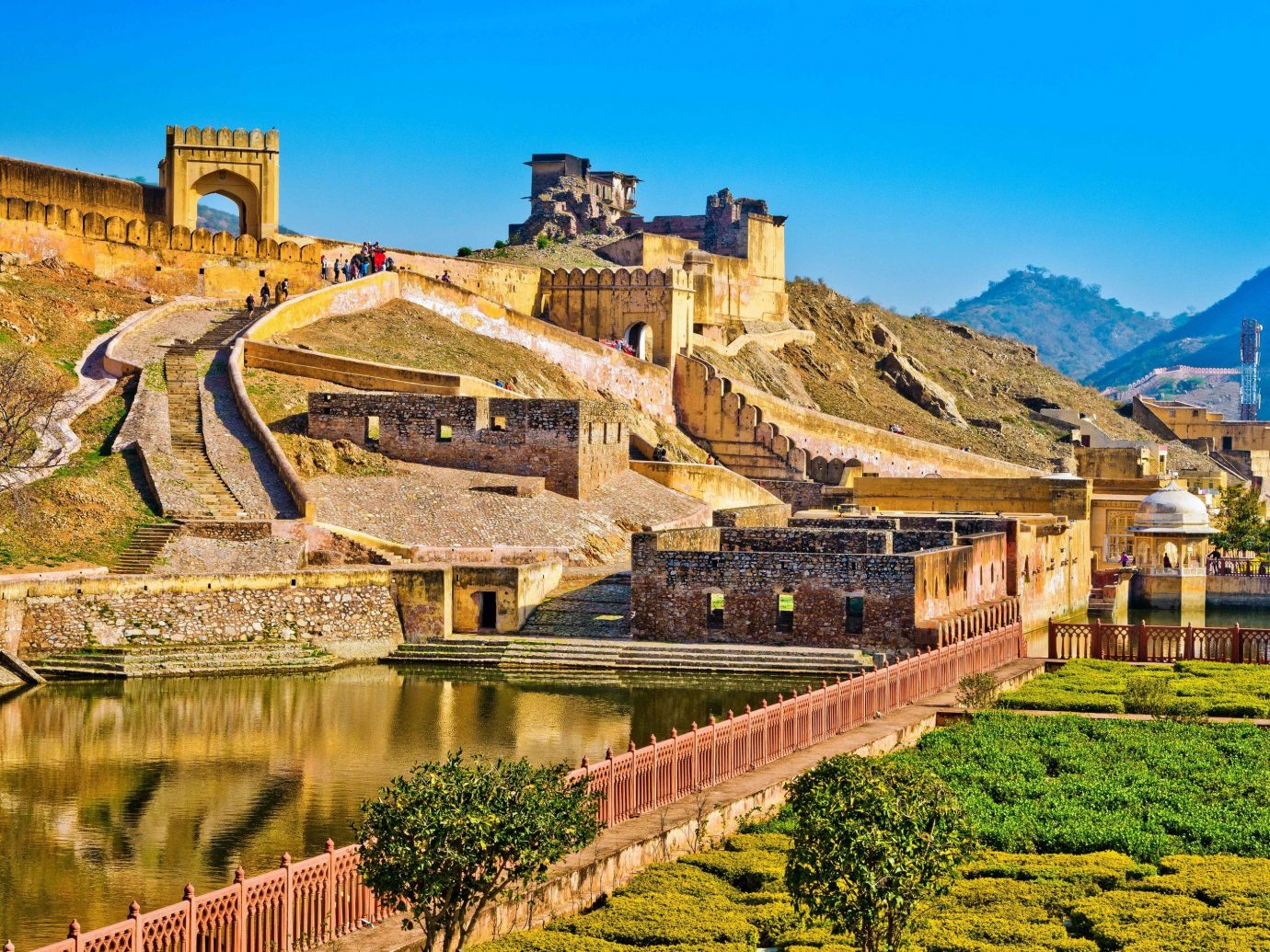
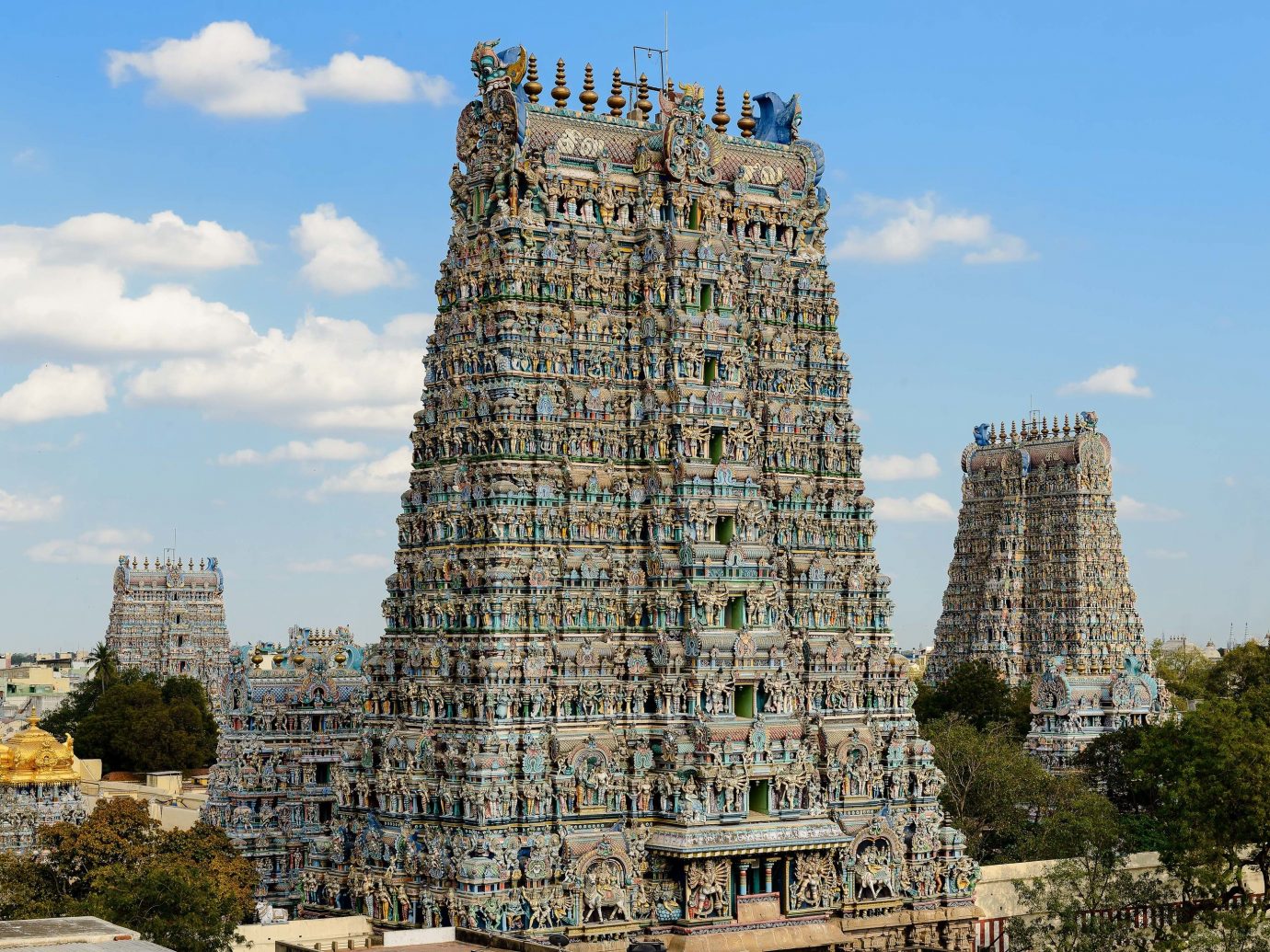
Dress conservatively
One major line in the sand between being a tourist and a traveler is being keen to—and respecting—native culture. Considerate travelers should keep in mind that India is a rather conservative country and home to diverse religious populations. This doesn’t mean you have to adopt a wardrobe of long tunics and saris, but just make sure you pack modest pieces that adequately cover your arms and legs. (Button-down shirts, loose linen pants, and ankle-length skirts are all fair game.) When visiting sacred sites, pay special attention to signs that detail the dress code. Often, visitors are asked to remove their shoes and cover their heads before entering temples, shrines, mosques, and other places of worship, so keep a sarong or scarf in your bag, and invest in a comfy pair of slip-on sandals.
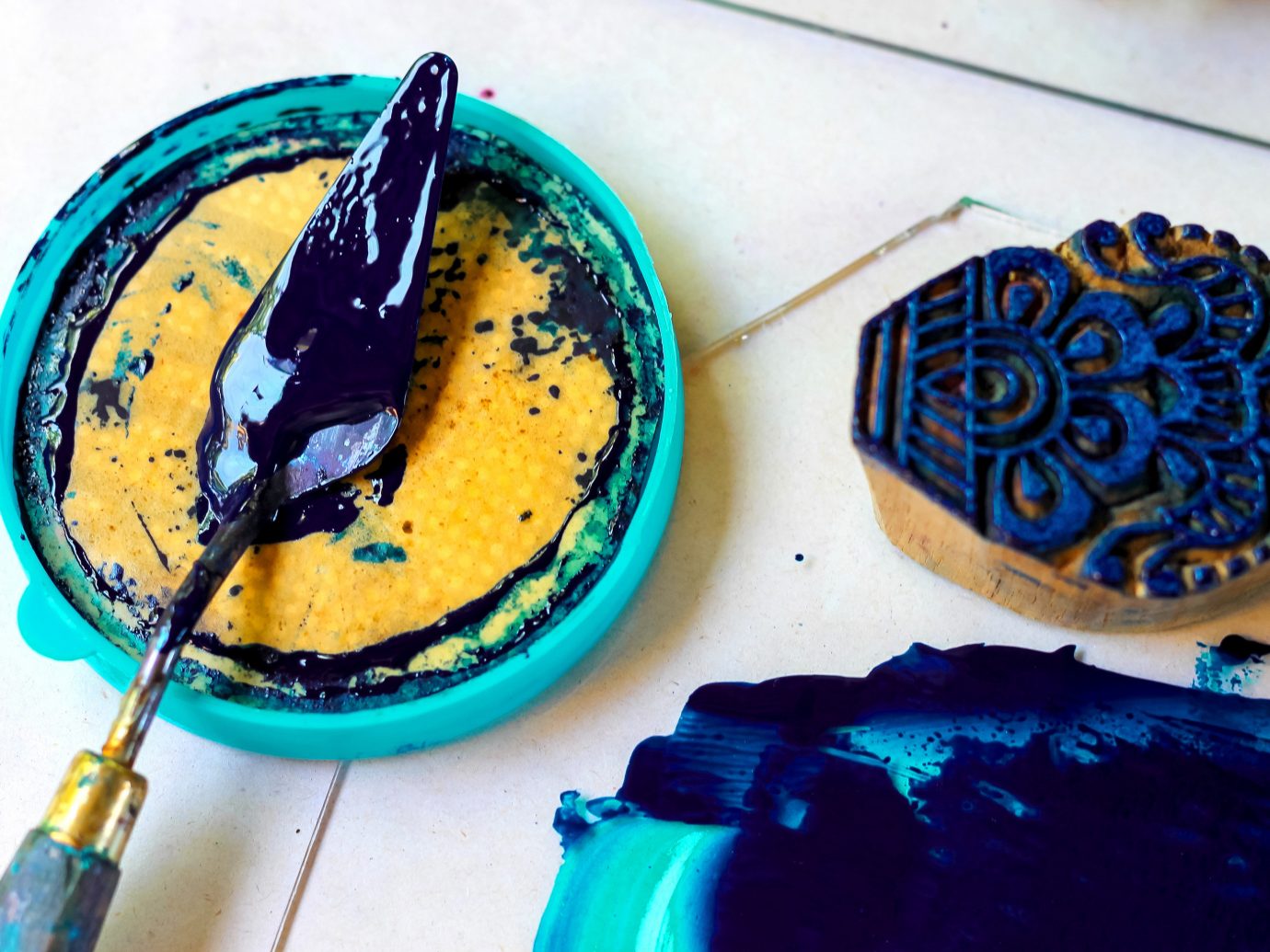
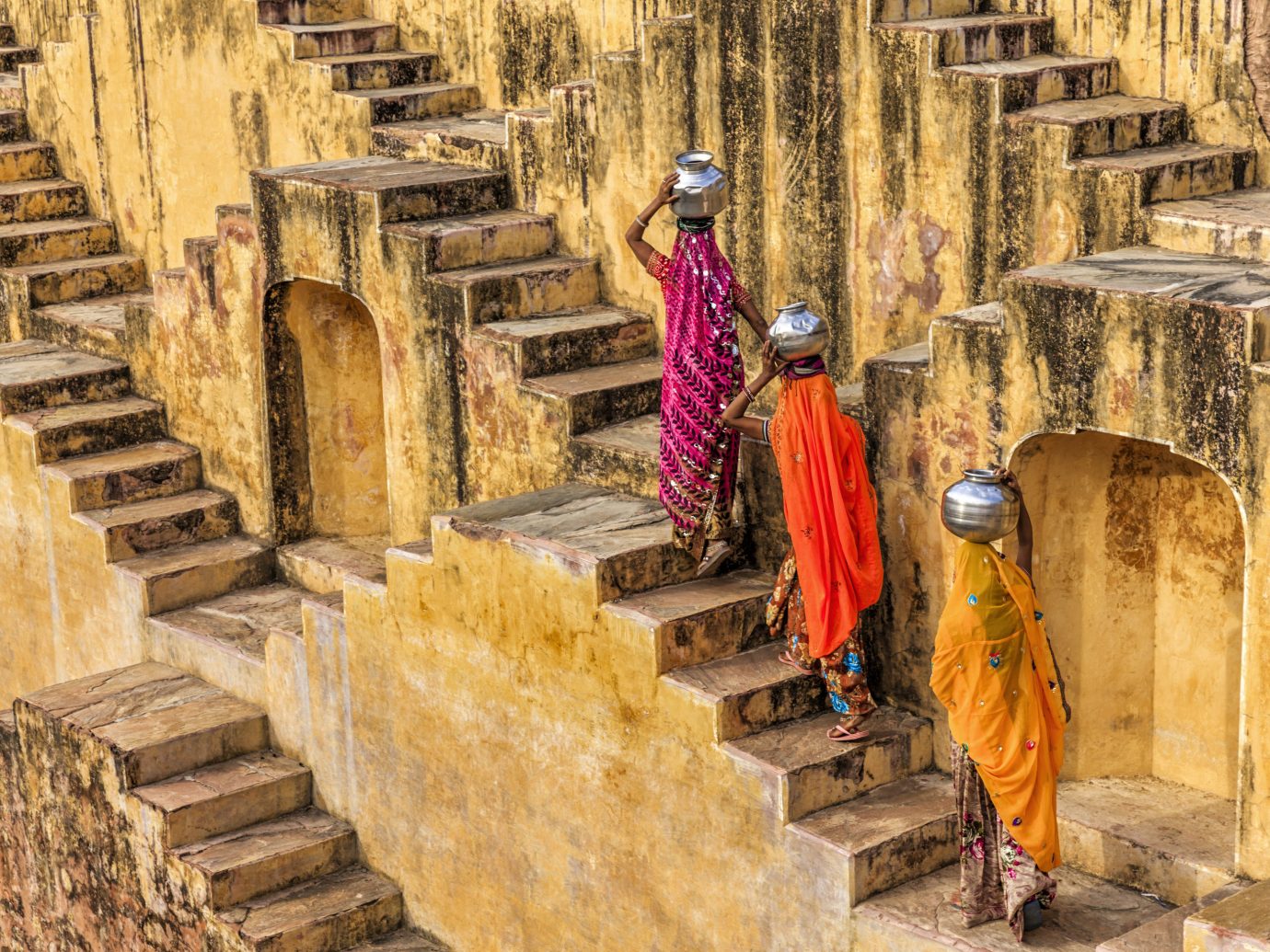
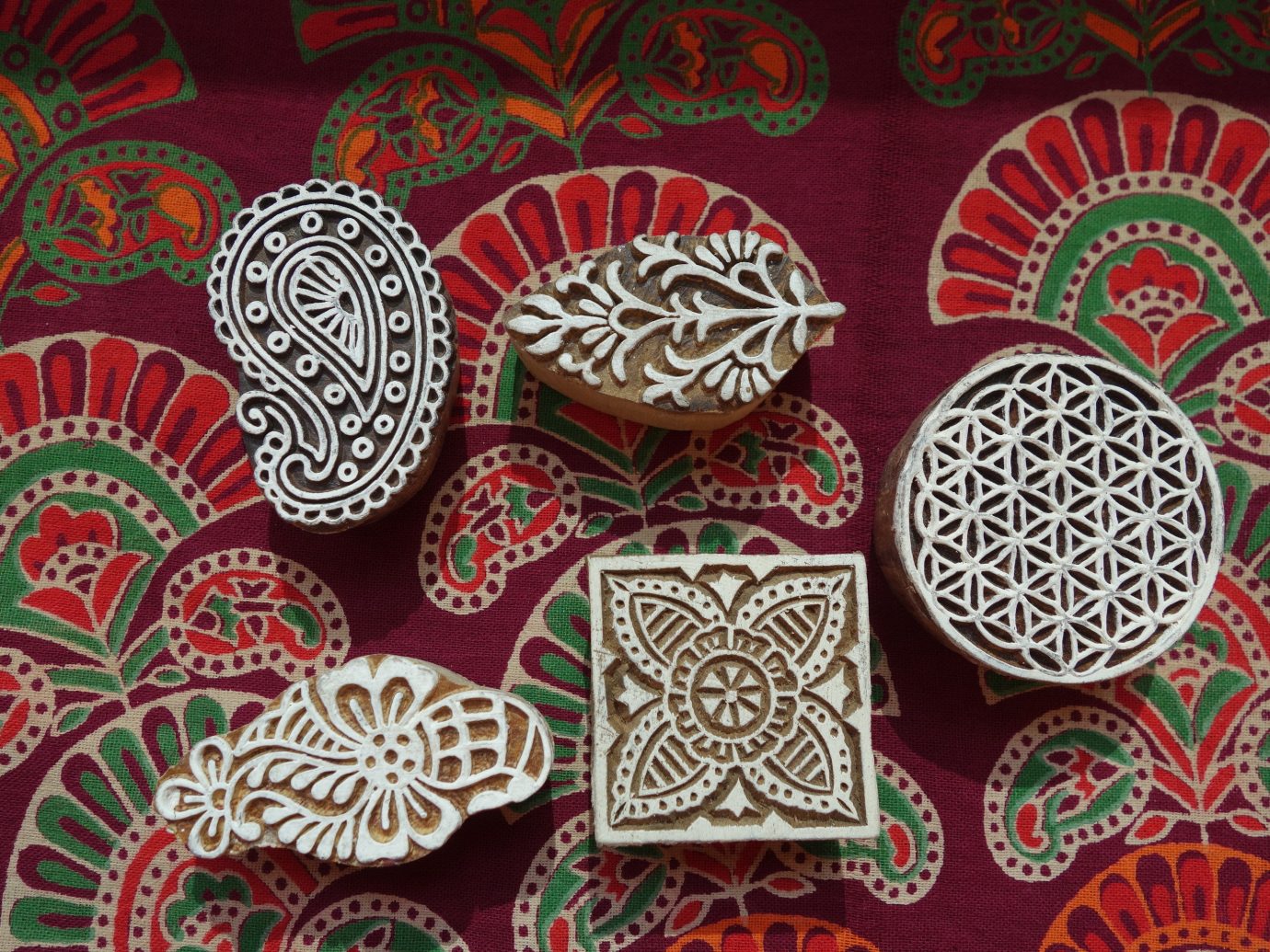
Cash is king—carry it
Yes, some cities accept debit and credit cards, but it’s always best to have cash (aka rupees) on hand—especially if your travels take you into more rural areas. ATMS can be found in airports, major hubs, and tourist hotspots, but generally speaking, they’re few and far between. Keeping a stash of rupees on you at all times means you can make all the impulse buys you want when it comes to bazaars and markets (think: Bollywood-style bangles, aromatic spices, sandalwood perfumes, and gold-embroidered fabrics).
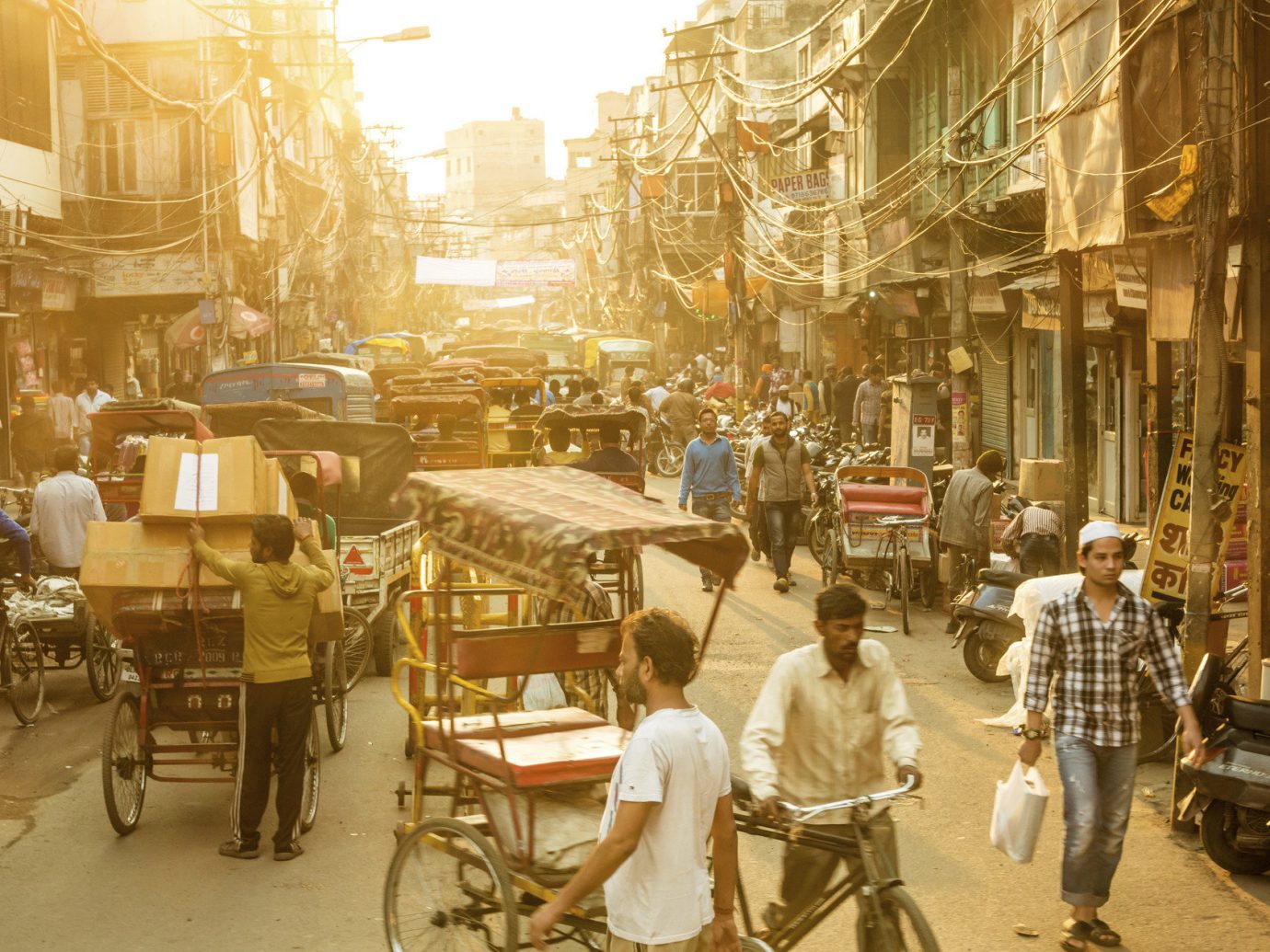
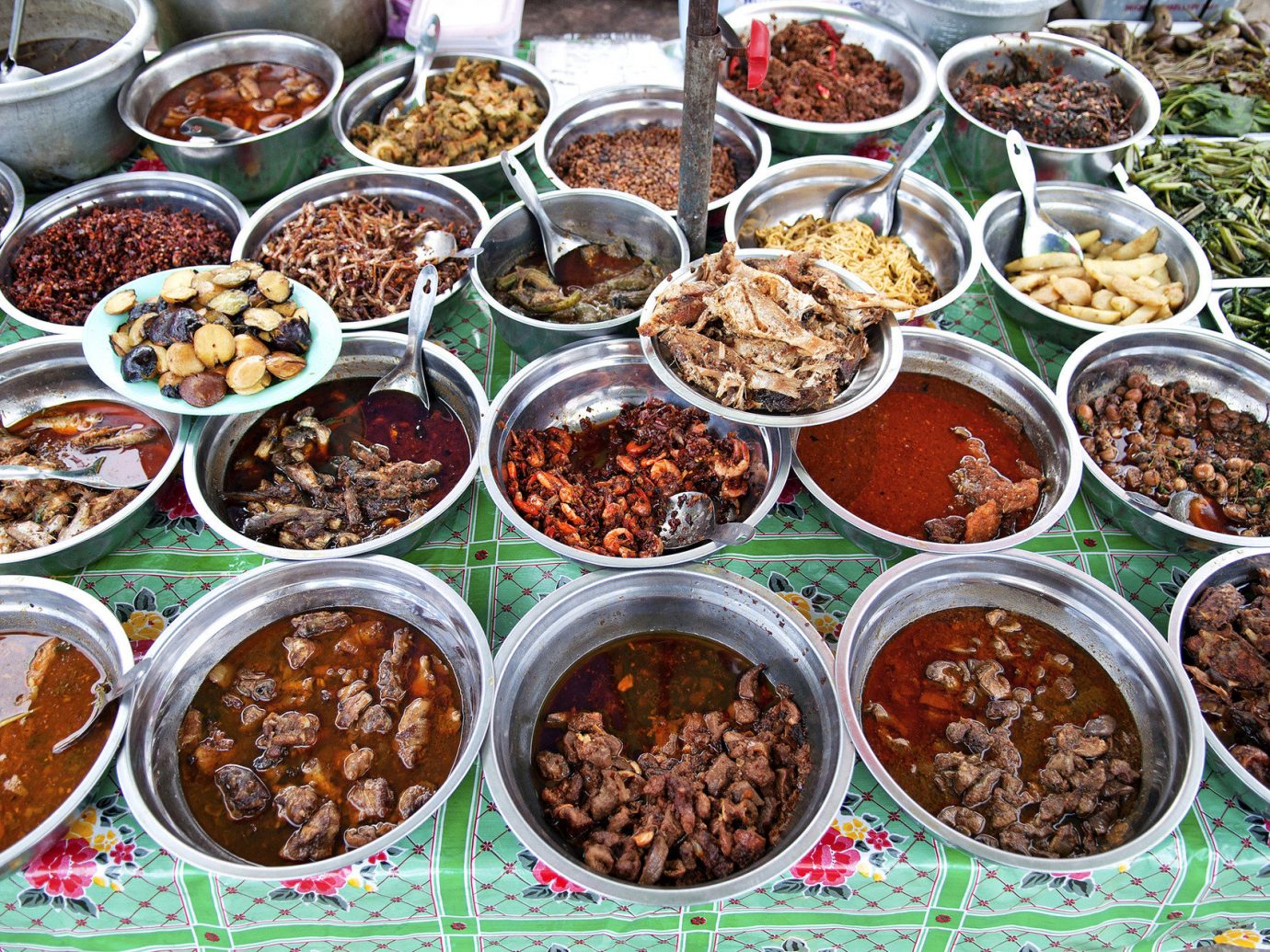
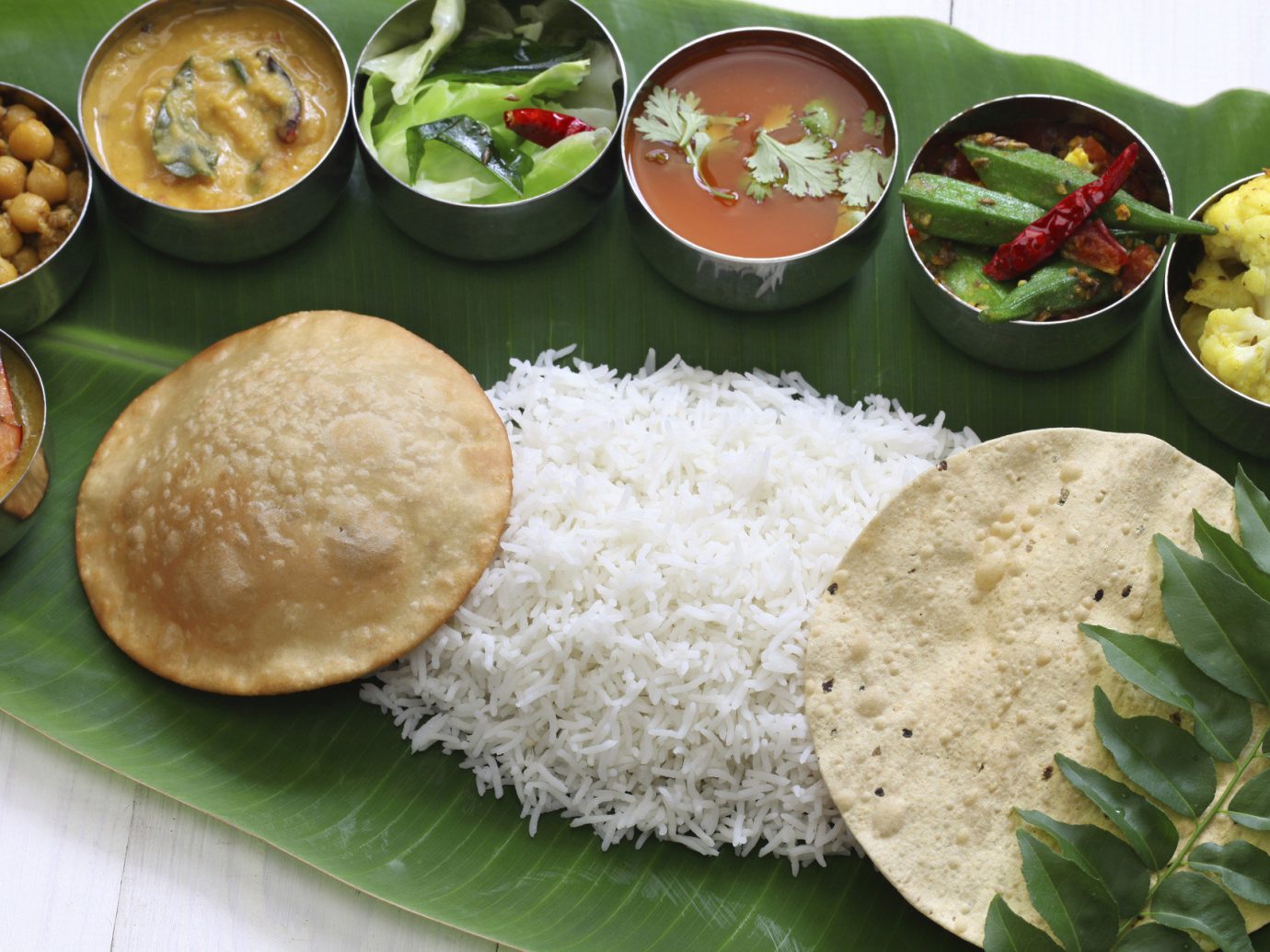
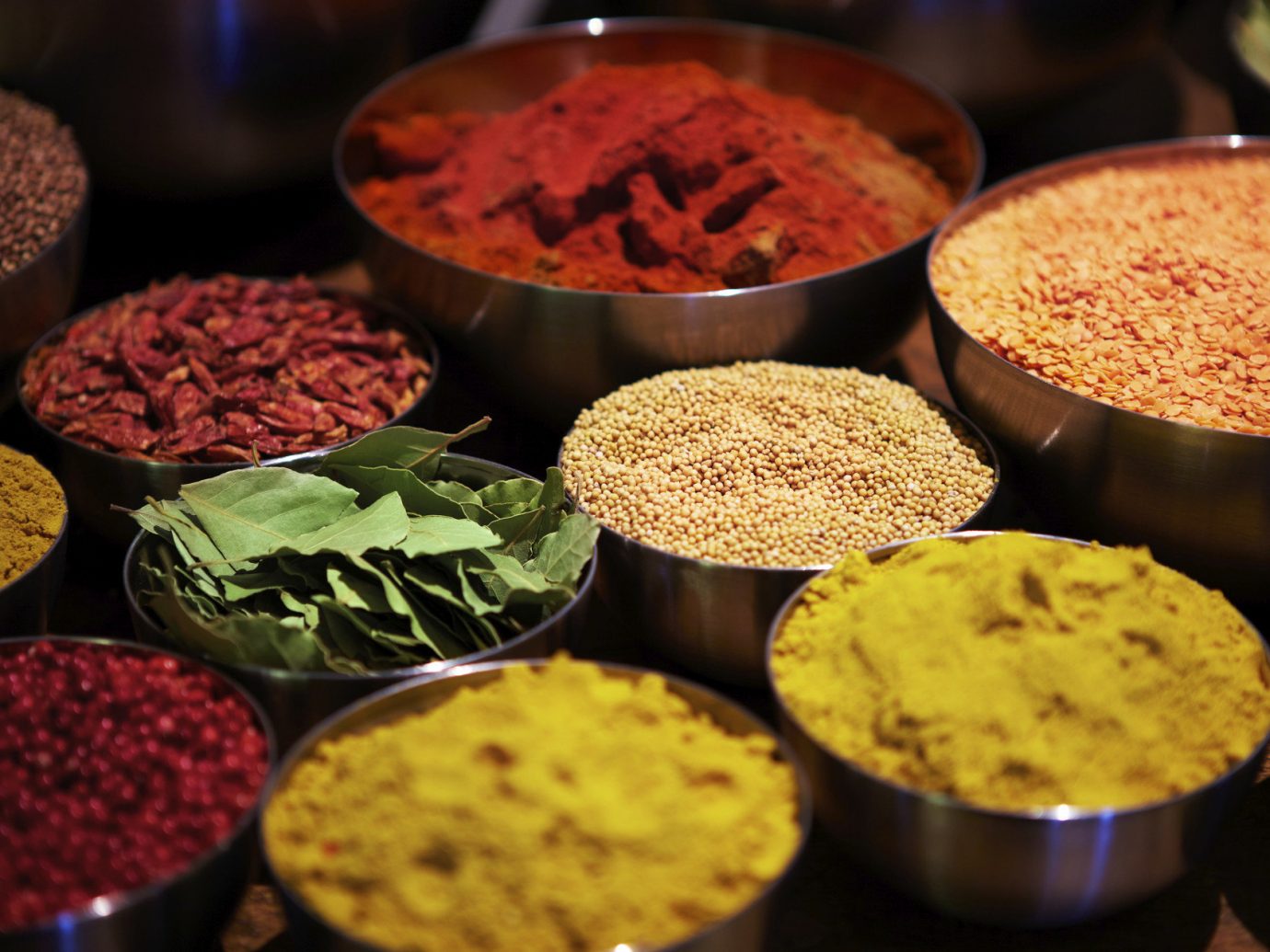
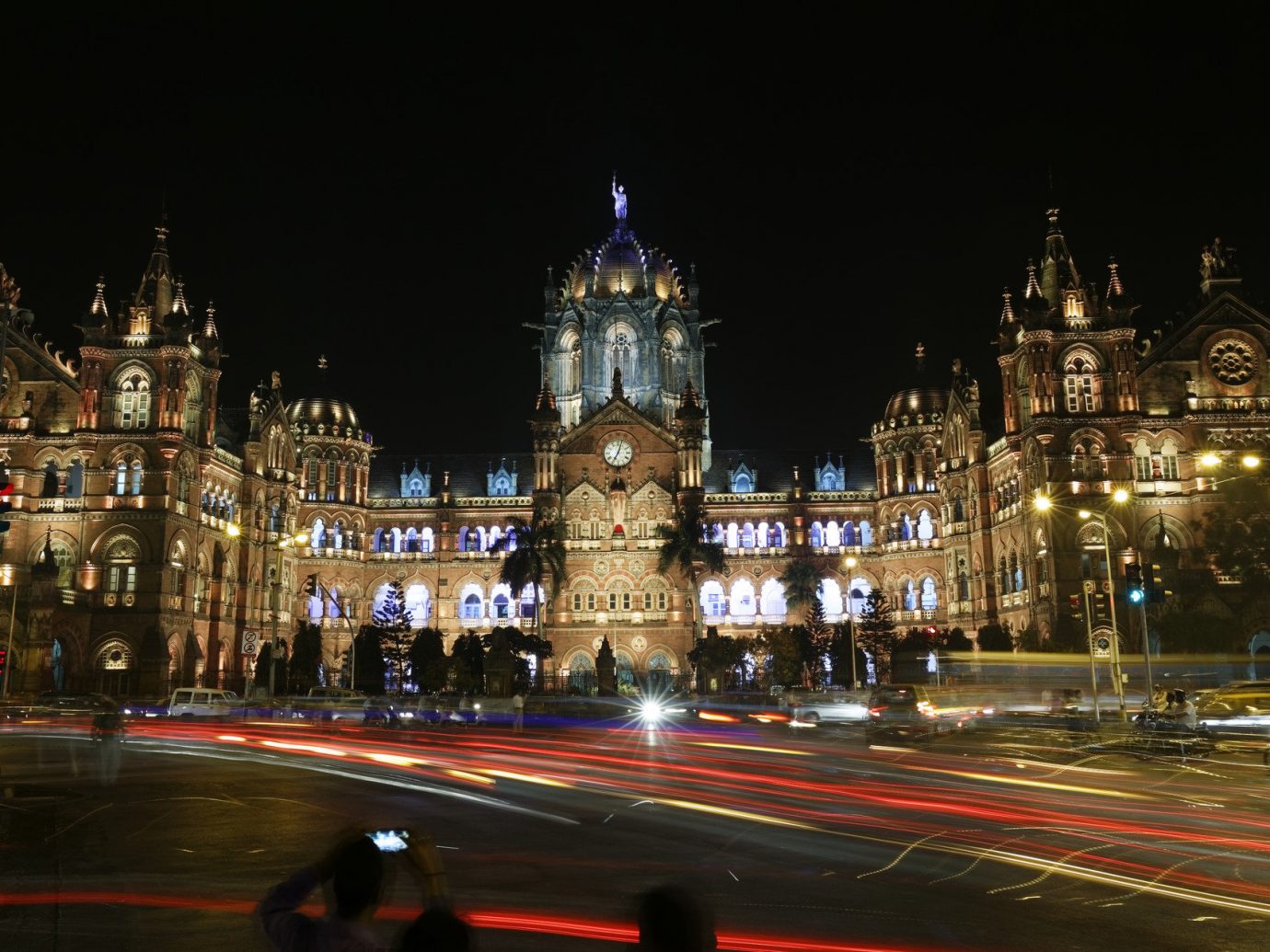
Want more?
- The World’s Most Luxurious All-Inclusive Resorts
- Jetsetter’s Guide to Getting a Hotel Room Upgrade
- 8 Best Jeans for Fall Travel
Comments
All products are independently selected by our writers and editors. If you buy something through our links, Jetsetter may earn an affiliate commission.
Become a Jetsetter.
Use our insider connections to know where to go and what to do.
By proceeding, you agree to our Privacy Policy and Terms of Use.
Thanks for Signing Up!

